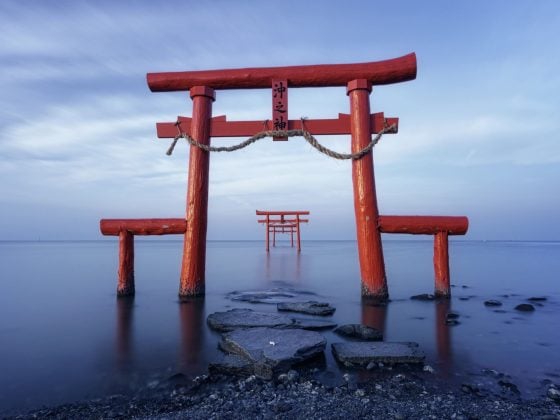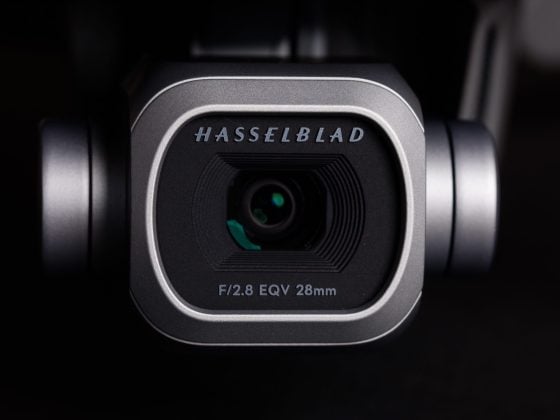The Meike 35mm f1.4 is a small but fast compact manual lens for APS-C and Micro Four Thirds cameras. With excellent bokeh and rendering, this is a fantastic lens for photographers seeking that classic look with shallow depth at a very reasonable price.
Table Of Contents
Lens Specs
Focal Length: 35mm ( 50mm full-frame equiv)
Aperture Blade: 9
Aperture: f1.4 – f16
Elements: 8 elements in 5 groups
Coatings: Multicoated
Weather-Sealed: No
Minimum Focus Distance: 0.4m
Filter Threads: 49mm
Weight: 220 grams
Meike 35mmm f1.4 Fujifilm X – Amazon
Meike 35mm f1.4 Sony E – Amazon
Meike 35mm f1.4 Micro Four Thirds – Amazon
Meike 35mm f1.4 Review | Impressions

I started using the Meike 35mm f1.4 right after I reviewed the Meike 35mm f1.7 and the Fujinon 35mm f1.4.
With regards to what this lens is compared to those two lenses, it’s a little bit of a one-trick pony. It has absolutely amazing rendering, amazing depth, and great bokeh, but, it’s not great with the technical performance.
It mainly has some pretty significant distortion and weaker edge and corner performance. Compared to everything out there for this price range, it’s not too bad. For example, I would recommend the Meike 35mm f1.4 over the 7Artisans 35mm f1.2 for anyone who wants nice bokeh and nice rendering but who cares a little bit more about technical performance since the Meike 35mm f1.4 holds its sharpness a lot better than the 7Artisans when wide open.
I personally like the Meike 35mm f1.7 a lot compared to this lens, it has a nicer balance in terms of character and technical performance and it does it with fewer elements. However, this f1.4 lens does some really cool things with depth which I’ve tried to capitalize with my sample photos in this review.
I’ve also taken the 35mm f1.4 out to shoot some low-light street photography to see how it handles things. It’s been fun, and I’m impressed by the overall quality for the price, but I do find that when shooting anything at a distance and opened up to f1.4, the lens is pretty soft and is tough to focus so I found I was naturally stopping down the lens a little bit to around f2 where it produced much more acceptable results.
This brings me back to Meike 35mm f1.7, which produces much better results at a more controllable aperture with fewer elements.
Now, this lens is fantastic when shooting portraits of my kids and cousins, kids and family, or small zoo animals. It’s very good at those closer portrait ranges, and that’s where it shines over the Meike 35mm f1.7.
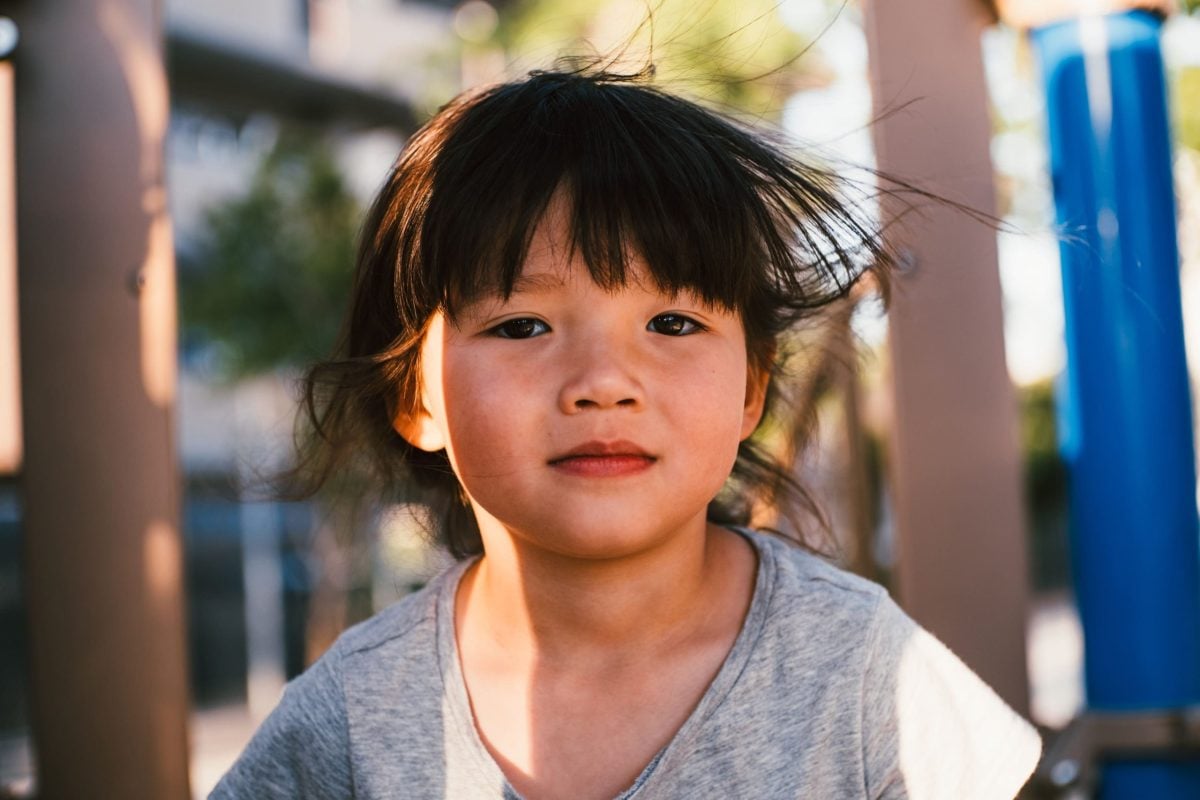
Build Quality

This is the first bad lens I’ve bought from Meike regarding build quality. Like with my 7Artisans 25mm f1.8, the outer barrel and the aperture ring came loose and went crazy. And nobody likes a super loose ring going around their barrel. 🙂
There are three little screws that hold things together that I guess weren’t tight enough. I had to take a small screwdriver to tighten everything down so the outer barrels wouldn’t slide around anymore. It was grinding at first, but now my aperture ring turns smooth again, and everything is working fine.
Of course, this doesn’t mean your lens will do this. My Meike 35mm f1.7 and 50mm f2 have the same body design and are fine.
So, if you buy one of these Meike lenses, give it a good twist and make sure everything is solid; a small screwdriver will come in handy if you have one.
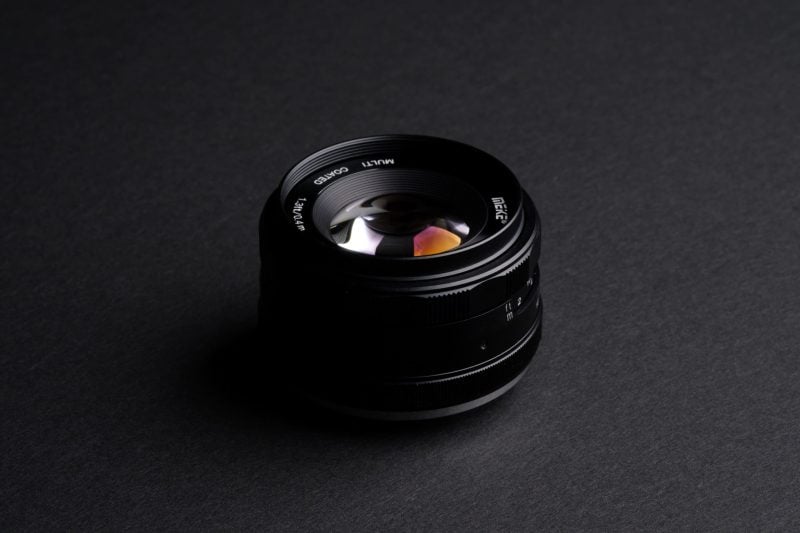
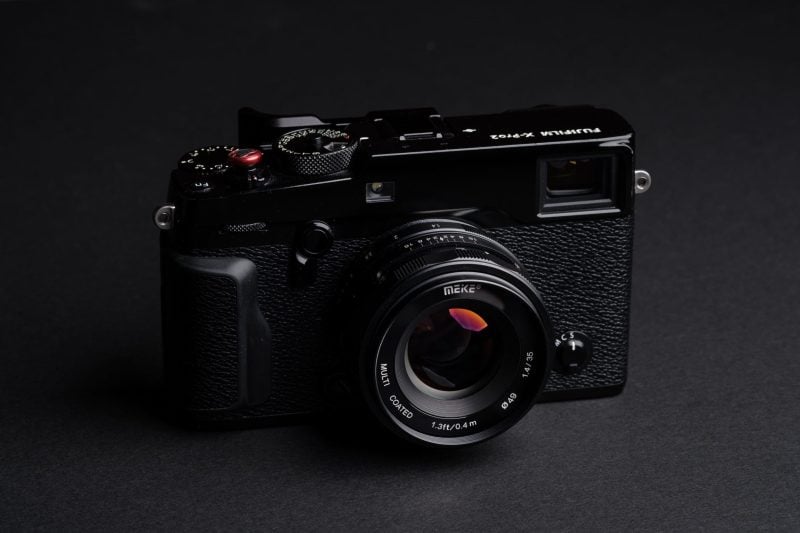
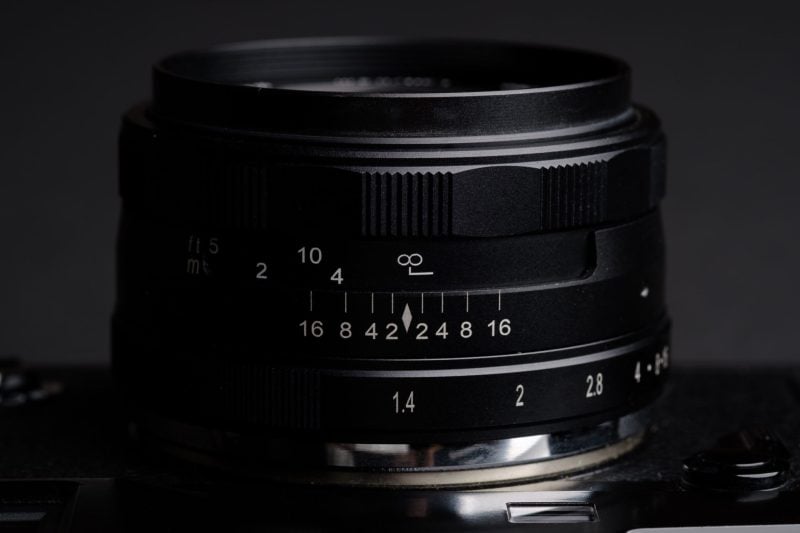
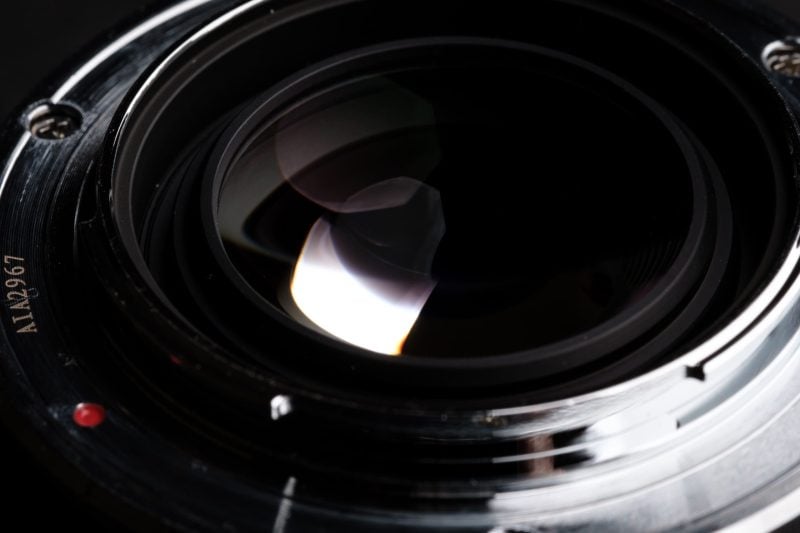
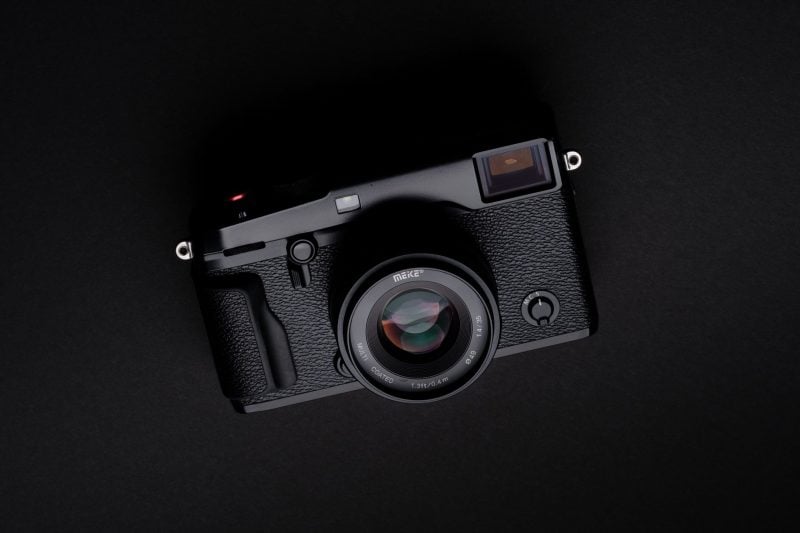
Ignoring my bad luck with this copy that fell apart, the Meike lenses, in general, have a cool compact all-metal build. You’ll see a lot of reviewers say, “All-metal, so build quality is good.” A good build quality means a lens won’t fall apart, it means there aren’t a lot of decentric issues and inner light scattering. It means the lens is designed in a way where grease won’t leak onto the aperture blades or elements, or it won’t haze up the glass if it gets hot.
So far, I’ve not yet seen decentric issues with the style of build they’re using for these APS-C lenses. I’ve never seen oil on the aperture or inner light scattering issues, either. (Their full-frame Meike 50mm f1.7 is a different story.)
With their APS-C design, focusing is always smooth and the aperture ring is usually smooth. All around they are a ton of fun to use on these little APS-C cameras.
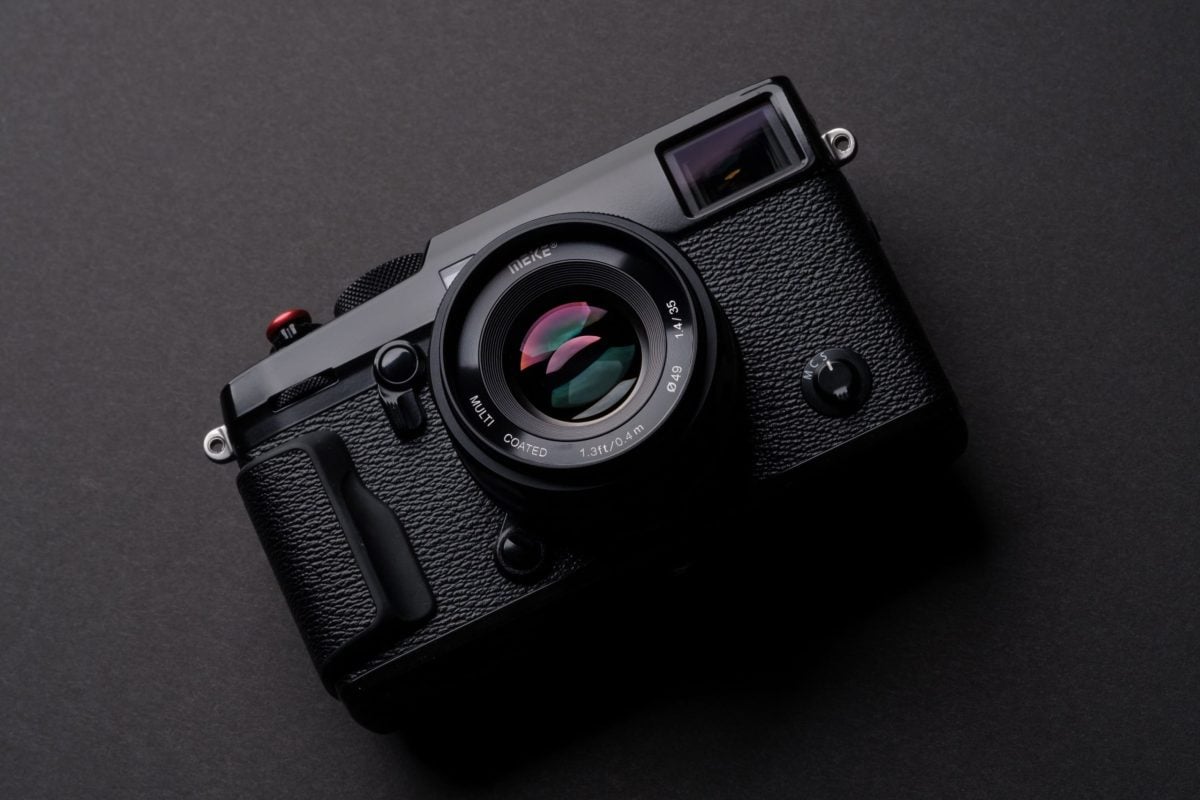
The Meike 35mm f1.4 is also slightly different from their other 35mm lenses in that it has 8 elements with 9 aperture blades. It looks like they needed a few more elements to correct some issues associated with the f1.4 aperture. However, you’ll still get softer corners and more distortion than some of their slower lenses.
Even though there are 8 elements, micro-contrast is still fantastic.
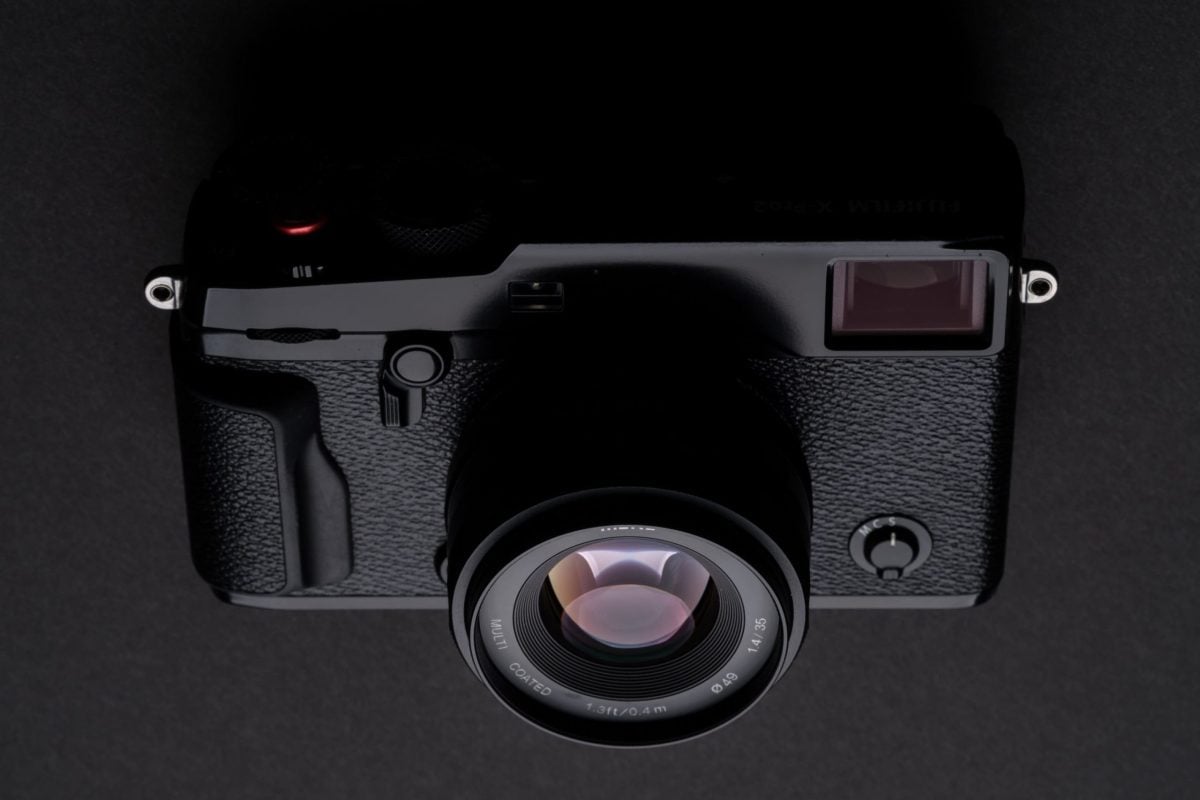
I want to point out that these lenses have been designed for the mirrorless flange distance. Many people talk about buying older retro lenses instead of these cheap Chinese lenses (I have many of both). While there are many great older retro lenses, buying them and getting good copies is usually a hassle, and they are designed for DLSR 35mm film cameras, not mirrorless digital cameras.
So, companies like Meike are able to achieve better performance with smaller lenses by designing them for mirrorless digital systems. The only problems with these cheap lenses are long-term reliability and quality control.
The only reason I mention this is that I often see Canon and Nikon full-frame shooters talk about all the magic that is going to come from the bigger Canon and Nikon mirrorless mounts, but we’ve been getting that magic for six or seven years now with Fujifilm, Sony, and Canon APS-C mirrorless cameras that use mounts correctly designed for their sensors. We’ve yet to really see what Canon, Nikon, and Panasonic will be able to do with larger mounts on a mirrorless full-frame system, but for now, we have some really cool lenses in the APS-C world. I think that’s why we’ve seen such a shift to APS-C in the last few years by serious photographers. The optics have bridged the gap a little between full-frame DLSRs and APS-C mirrorless, at least until full-frame mirrorless catches up to the new tech.

You can also find this lens style under other brand names. I’ve seen similar lenses by Opteka, Neewer, Brighten Star, Tosuny, 7Artisans, and Lightdow. So, I have no idea who is doing the R&D on these actual designs; it seems like anyone can buy them directly from the factory and slap their logo on them. So I don’t think Meike is anything special as a company, like Kipon, Laowa, or Mitakon, who are real lens companies. I think they’re just another brand out of Hong Kong that is buying OEM Chinese photography junk and slapping their label on it.
Meike 35mm f1.4 Review | Technical Overview
Meike 35mm f1.4 Sharpness Chart
Sharpness is decent in the center, but it does get a little softer at f1.4.
The corners and edge sharpness are not great. You’ll see some improvement at higher apertures, especially at infinity focus, but for the most part, this will limit this lens mostly to shooting center subject matter content.
Since it is mostly a field curvature throwing off the sharpness, you could focus on the thirds, and it will still look better, but the edges and corners never produce great results.
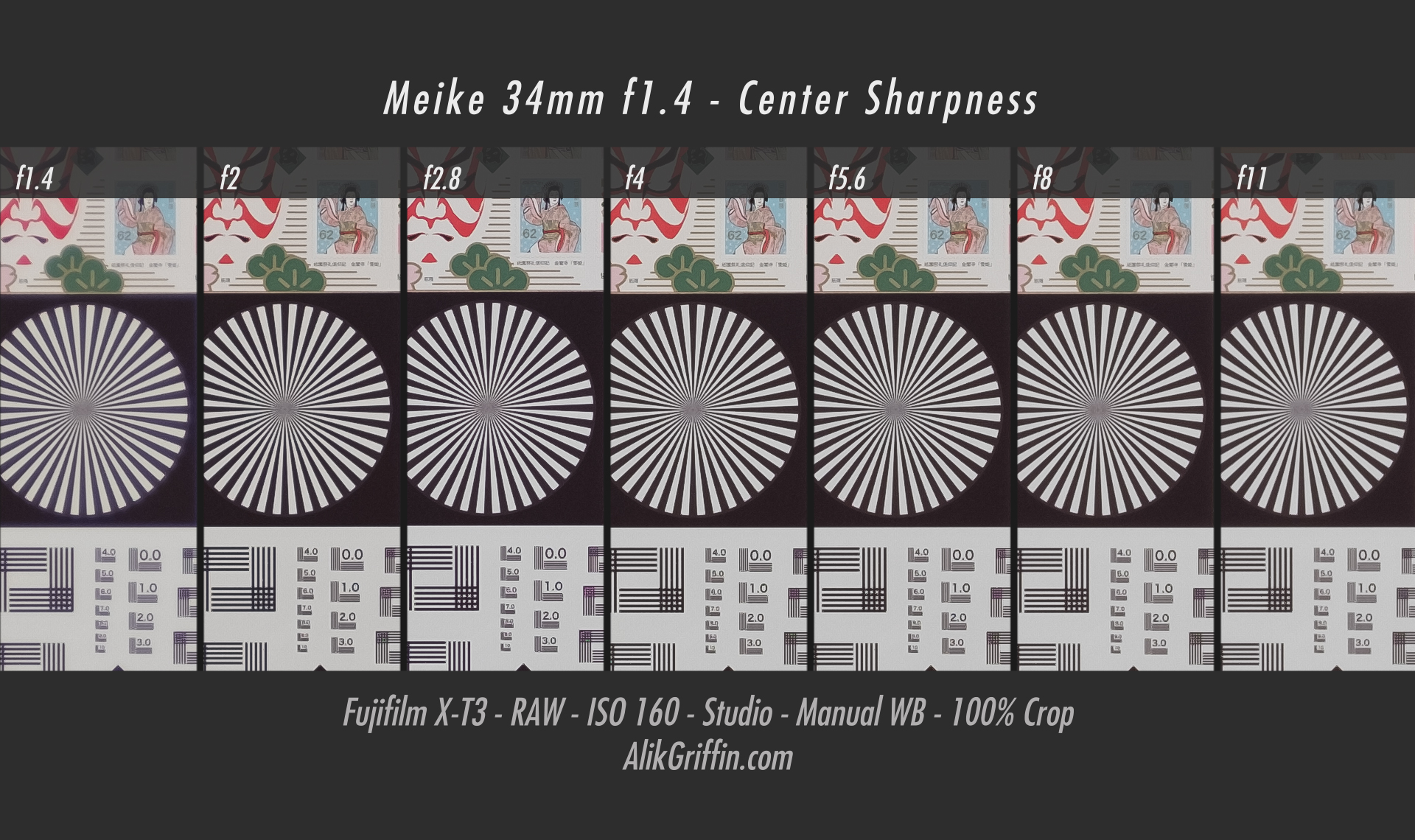

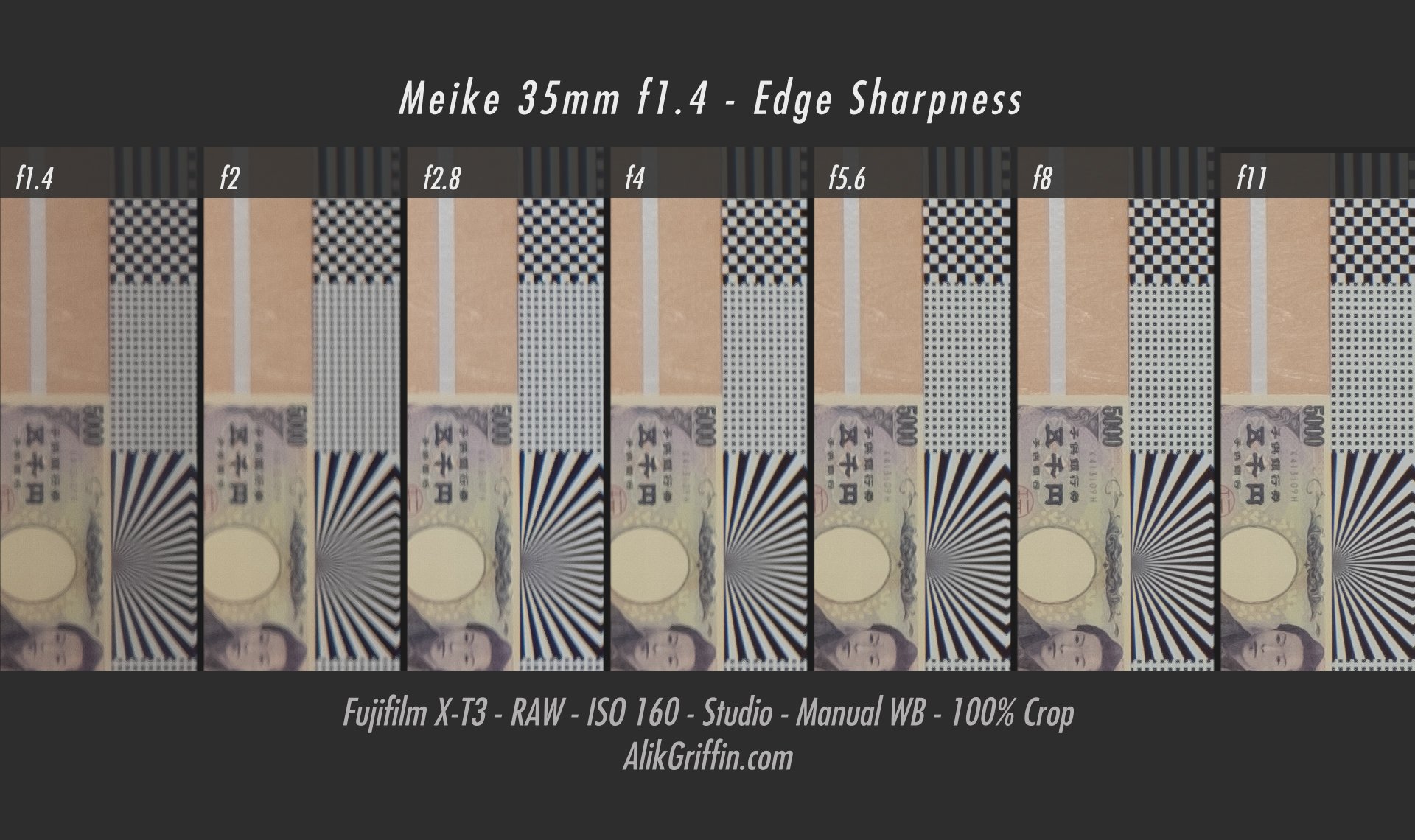
Here is a sharpness sample at around f8. It does pretty well stopped down like this.
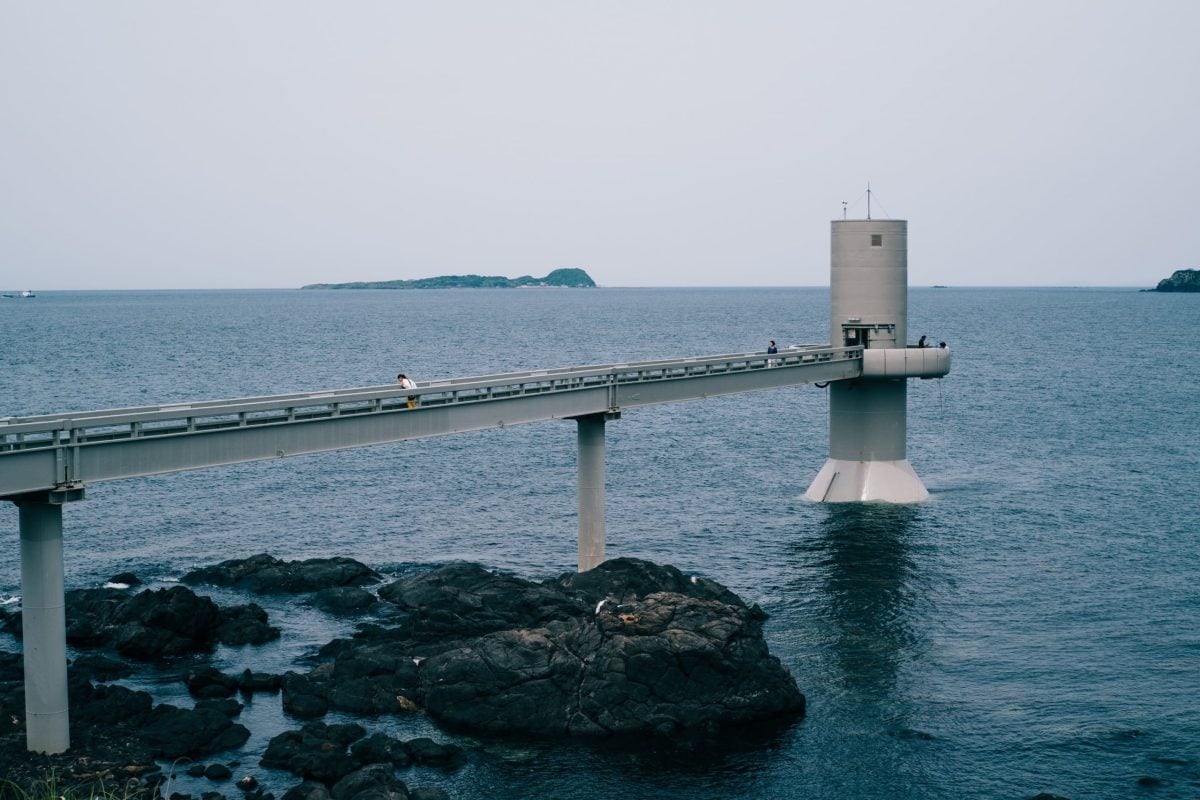
Here is a shot at f1.4. A little soft but usable.
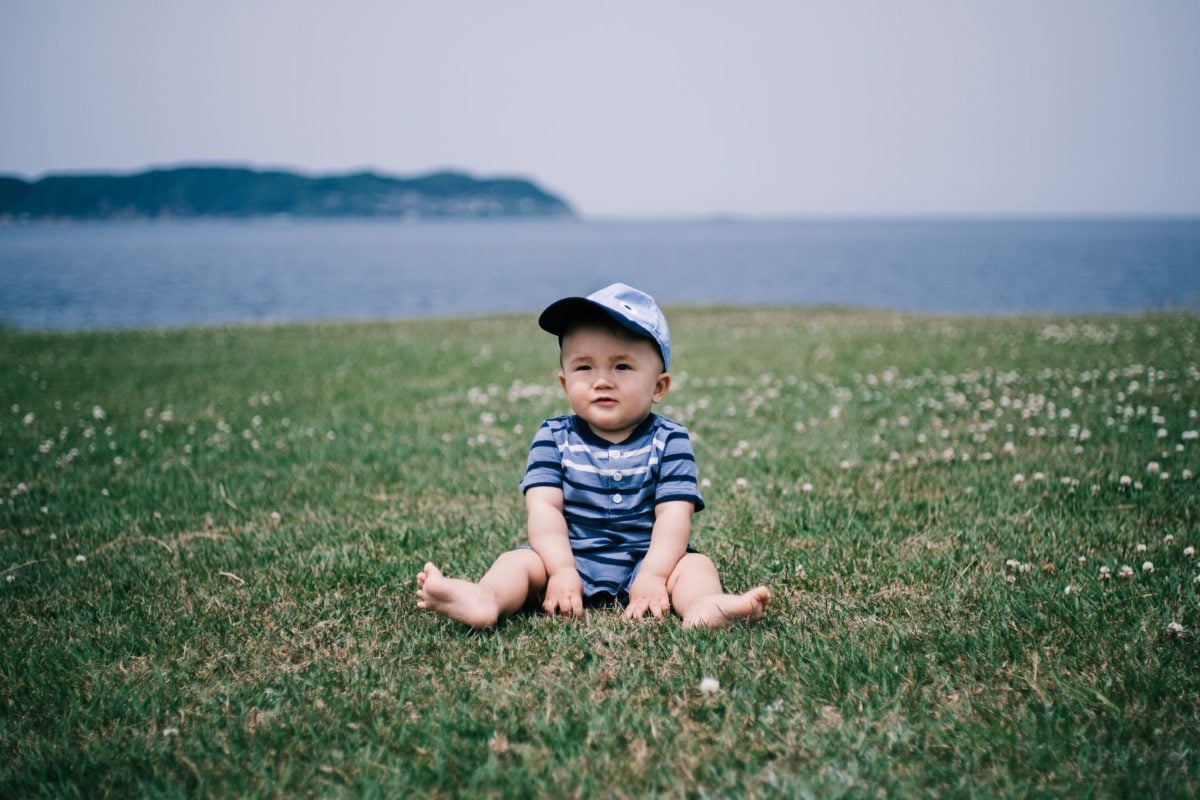
Distortion
Some very noticeable barrel distortion.

Vignetting
Strong vignetting at f1.4 but looks much nicer by f2. By f4, everything is pretty much cleaned up.
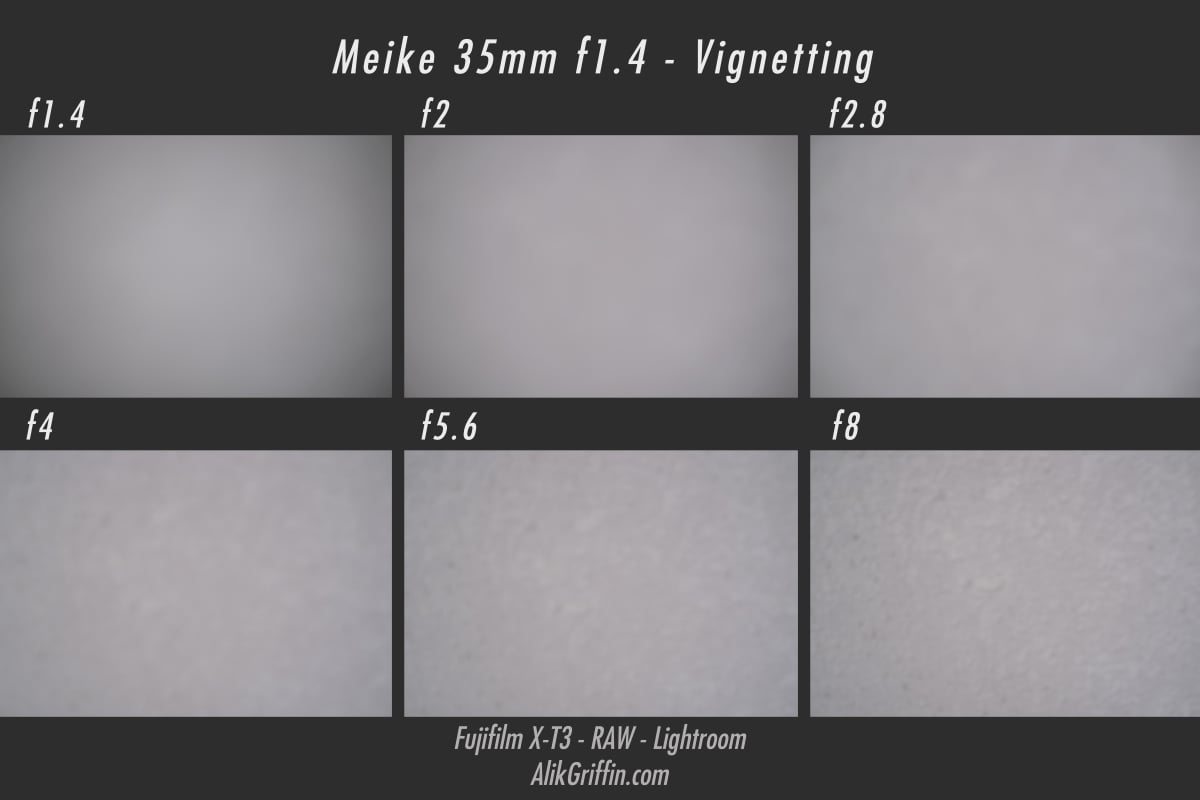
Flaring / Sunstars
This lens will flare a little, but it is somewhat controlled. There are just certain angles where it will bloom out when the sun is out of the frame.
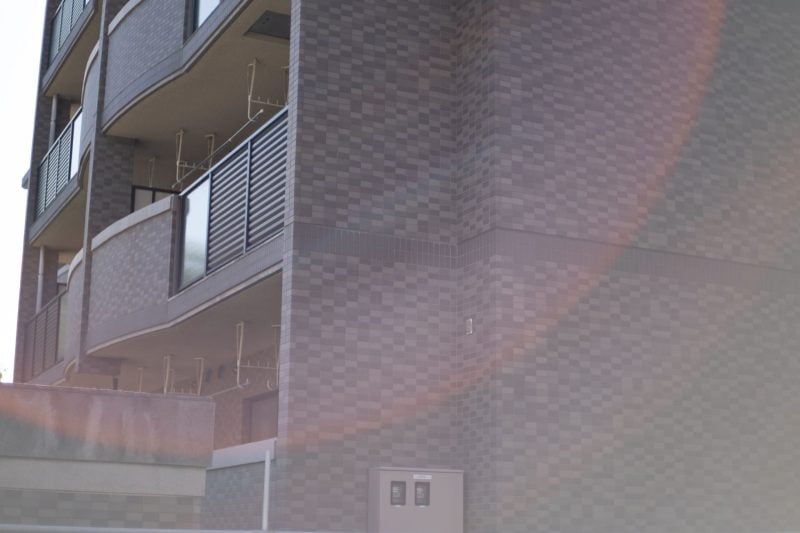
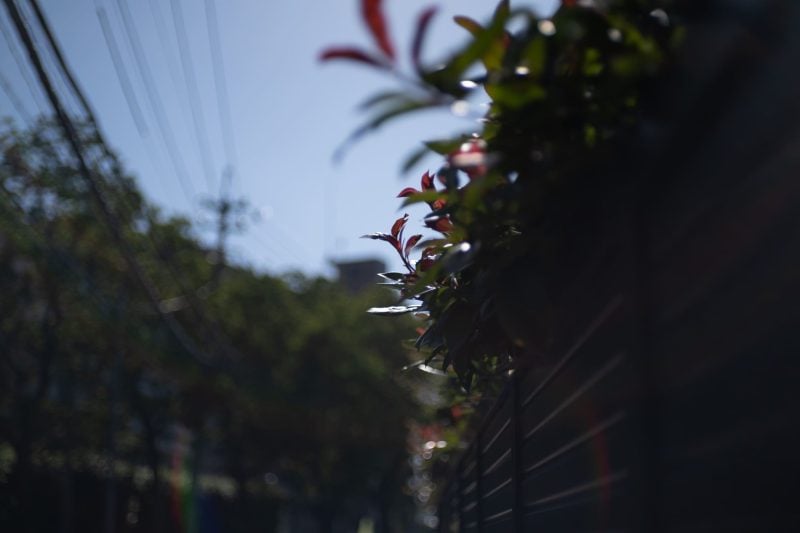
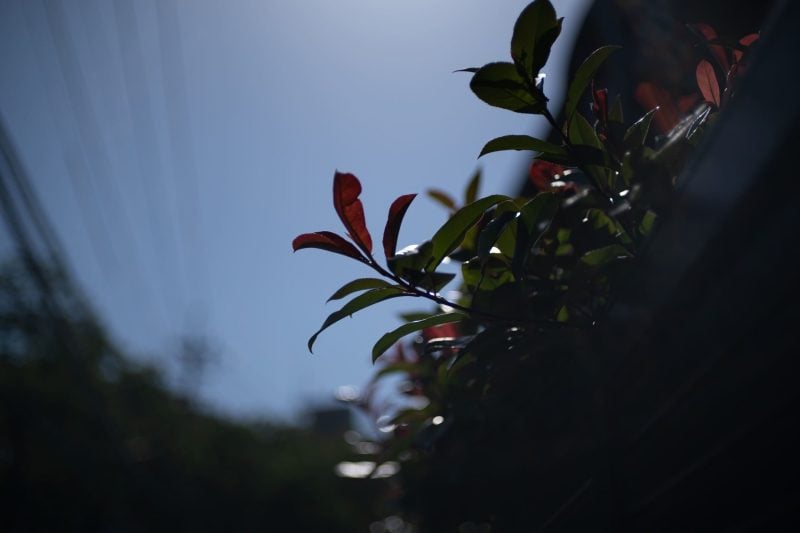
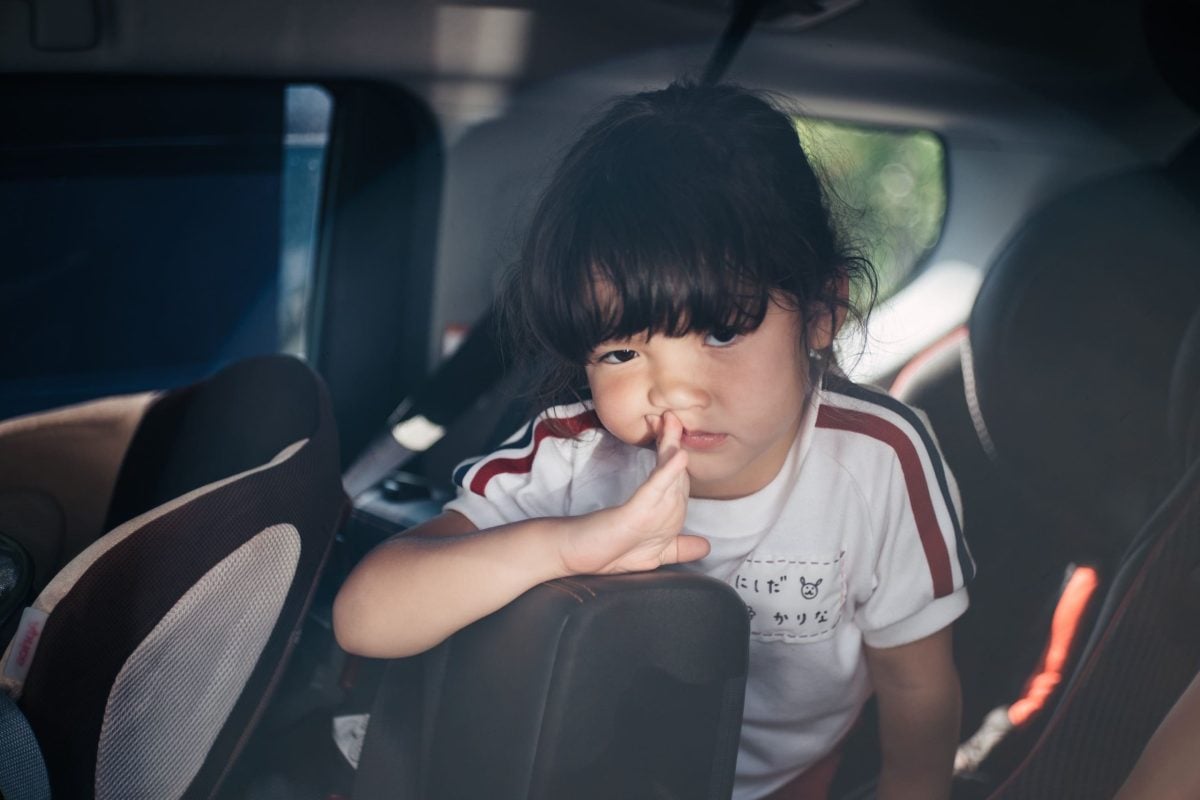
Sunstars get a little messy.
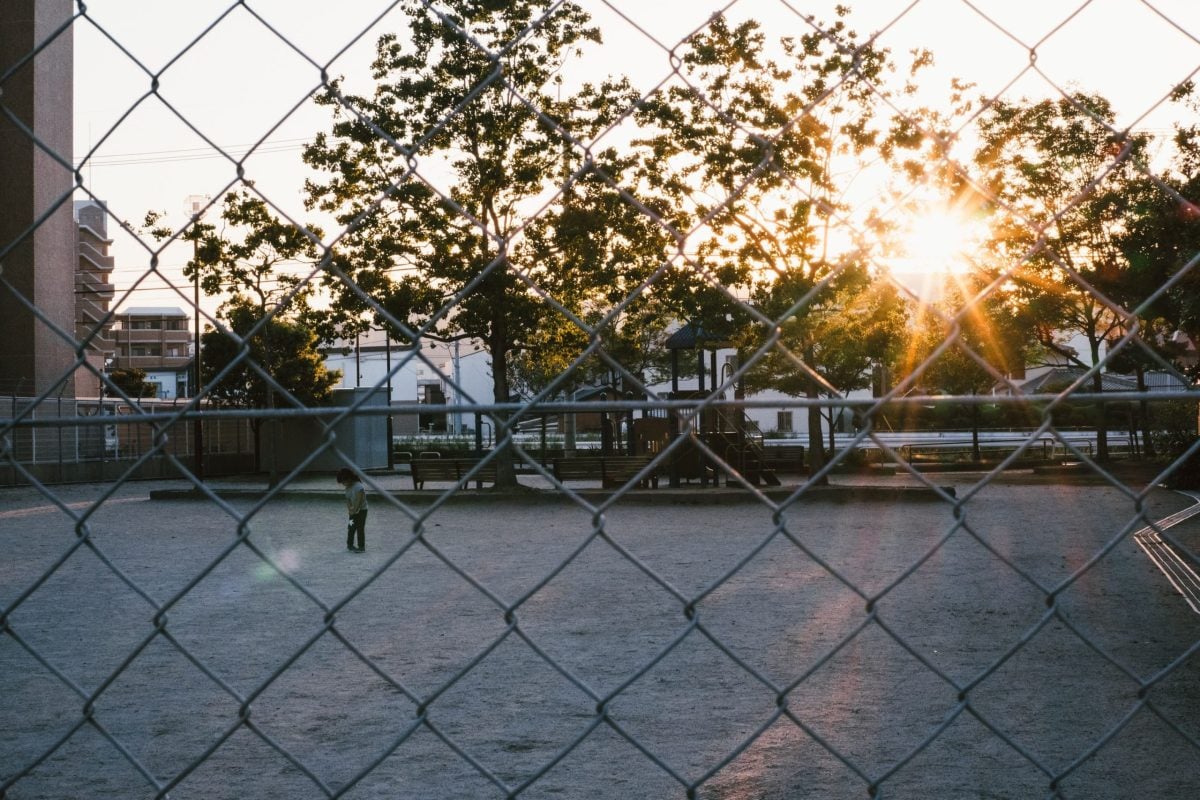
Chromatic Aberrations
I’m not finding any Chromatic Aberrations worth noting.
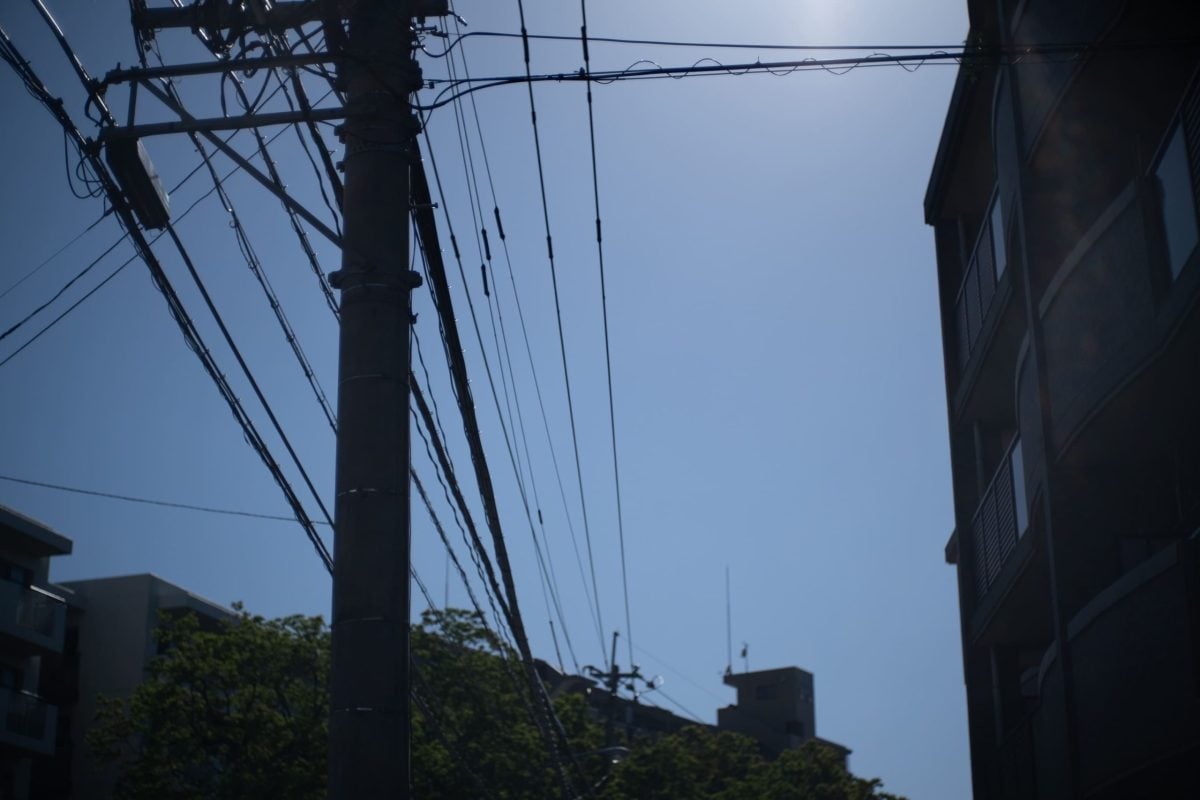
Unless you do something crazy, like shoot water droplets in direct sunlight, it’s well-controlled.
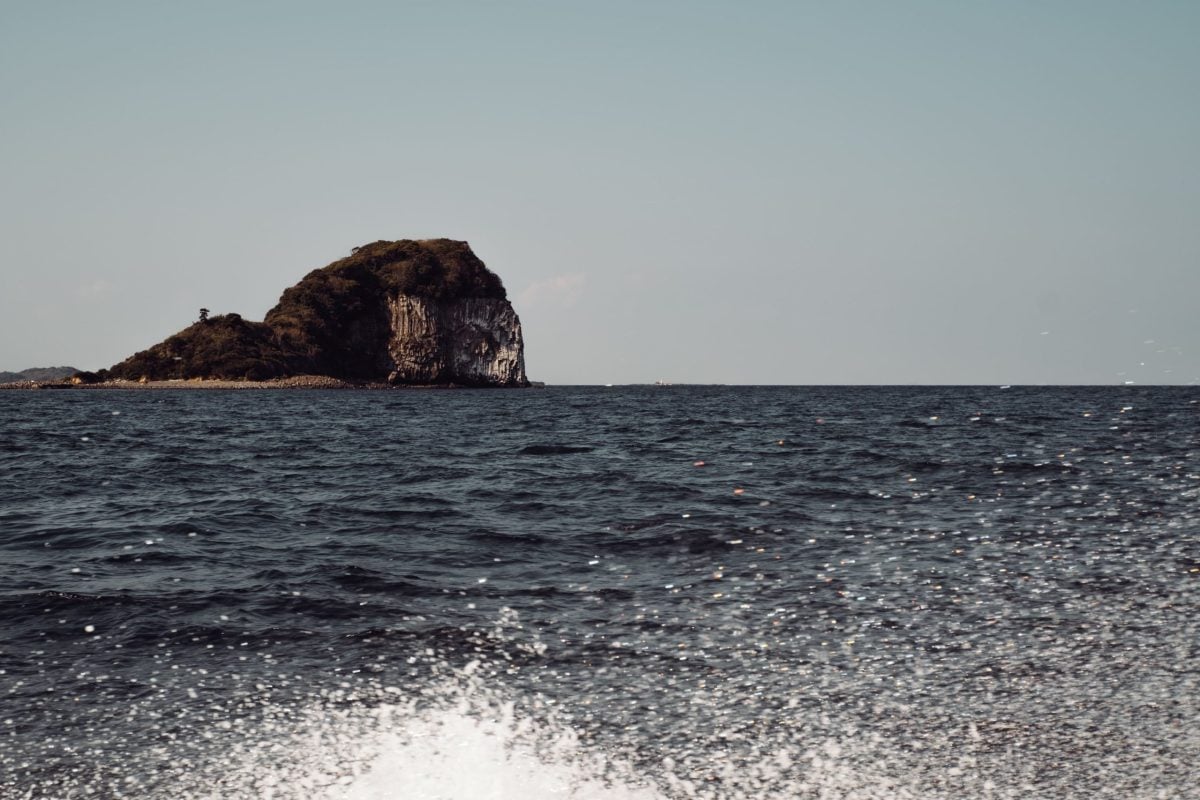
Art & Character
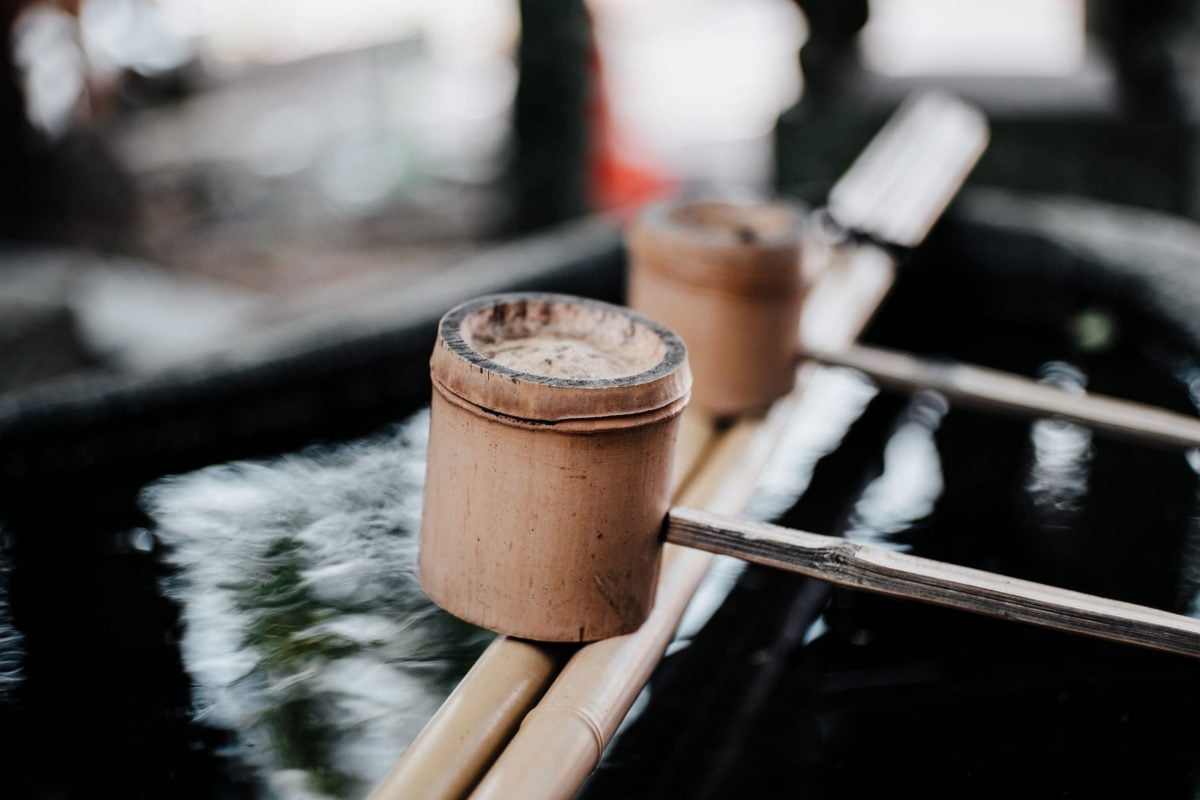
In my opinion, the Meike 35mm f1.4 is a bit more of an art lens than an everyday utility lens. The f1.4 aperture does a decent job at mid- to far-distances, but it’s by no means great compared to what you get with professionally designed Fujinon or Sony lenses.
This lens is still fun even when stopped at farther distances, but it shines up close in that medium to closeup range.
It’s a compact lens, and with small designs come a lot of compromises, but of course, it’s all about how you use it—at least, that’s what my wife keeps telling me.
Bokeh / Render Depth

Bokeh is very nice with the Meike 35mm f1.4, and that sort of focus falloff / render depth is insane. It reminds me of a lot of the legendary Fujinon 35mm f1.4, although it has a slightly different look and a different field curvature profile.
Bokeh is nice and very smooth with that 9-blade aperture. If you get some bright highlights in the background, you will get some soap bubble bokeh, which is kind of cool and you don’t see that very often.
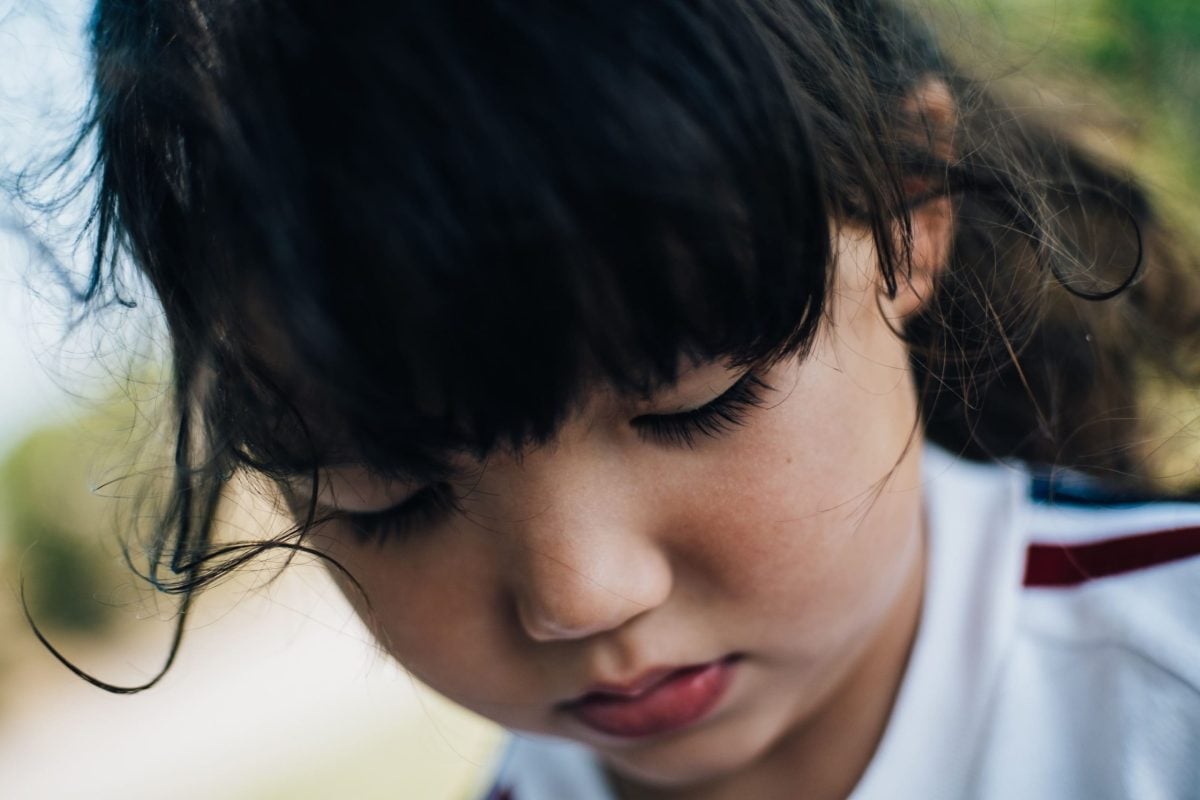
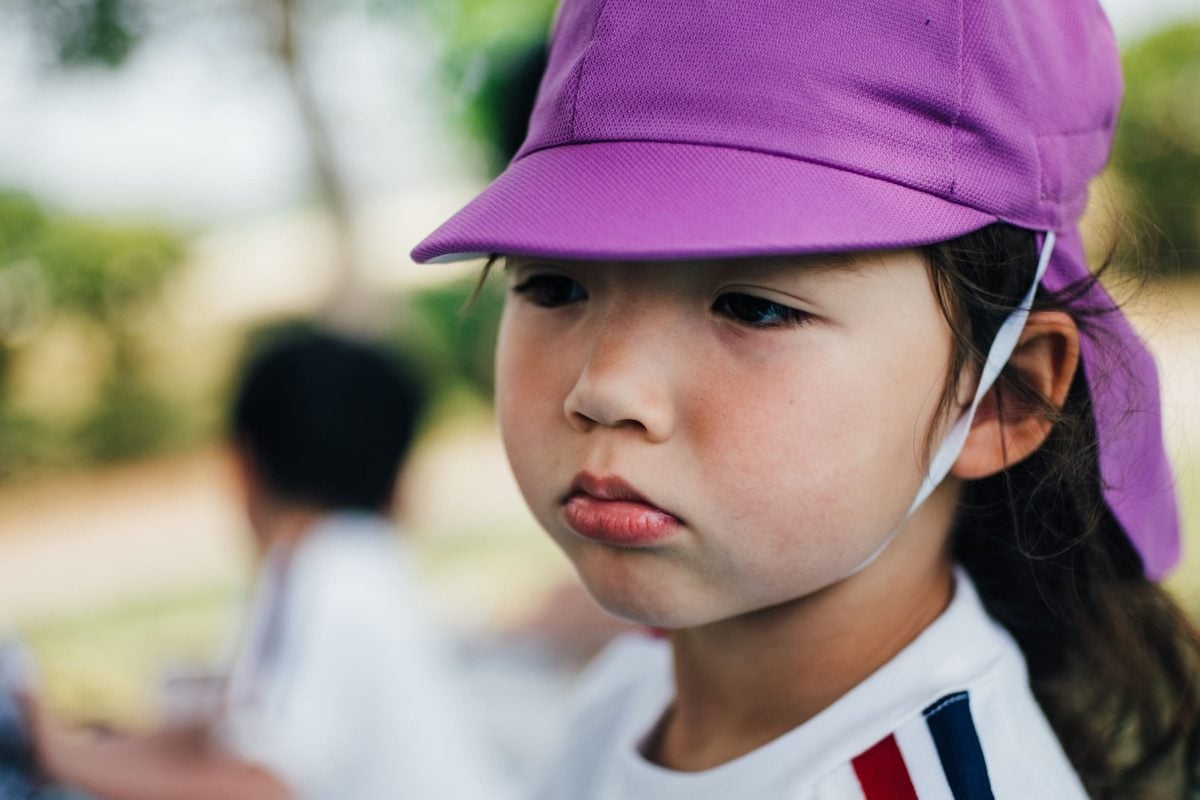
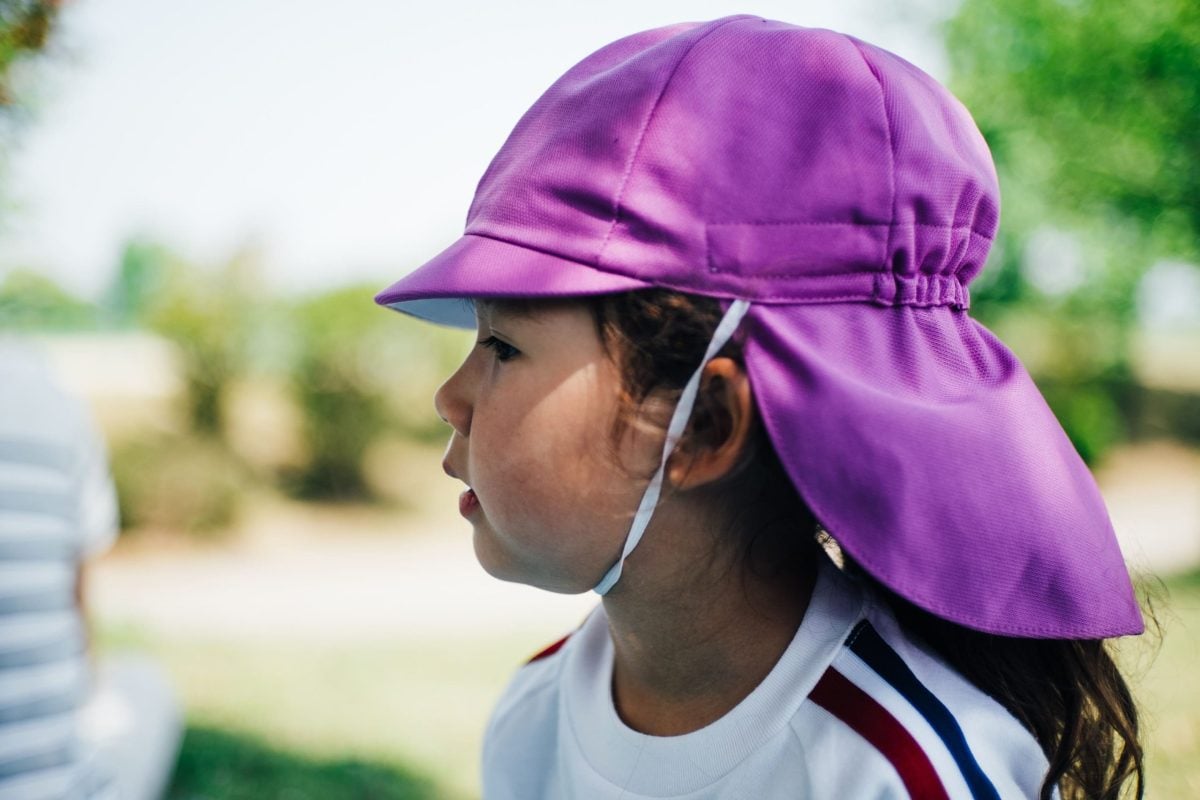

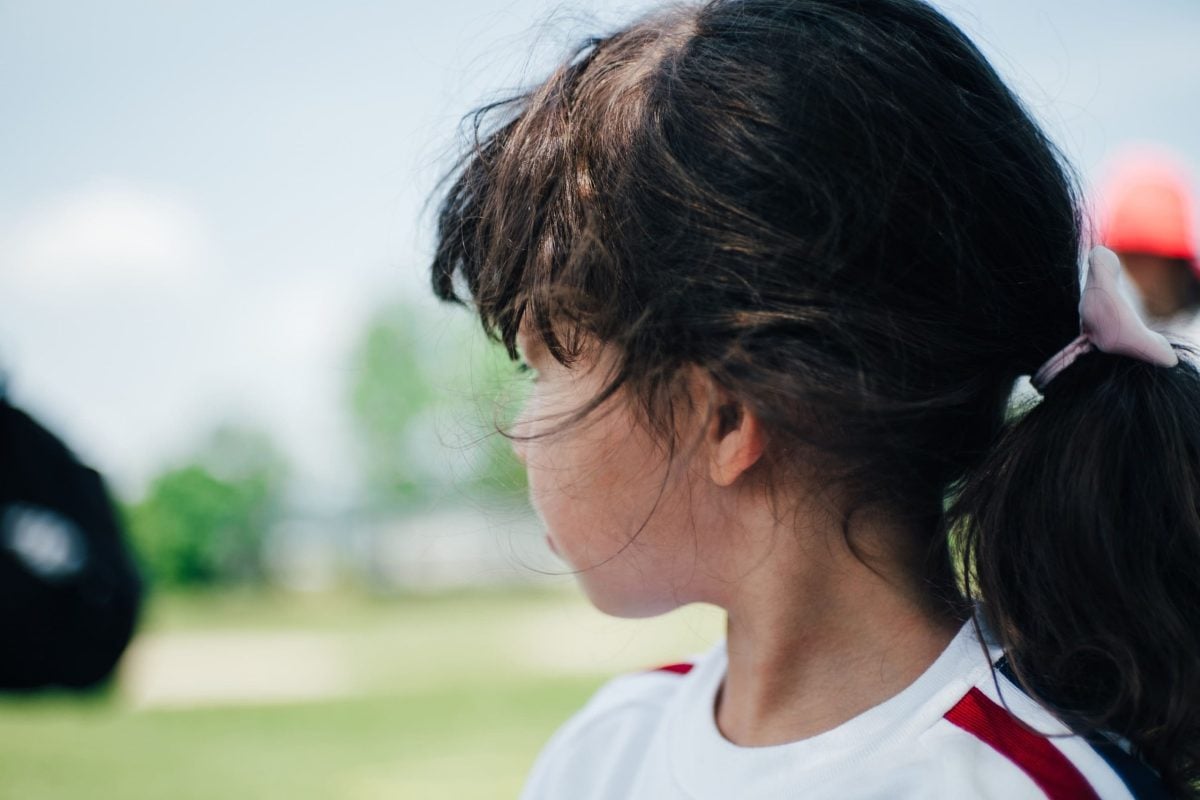
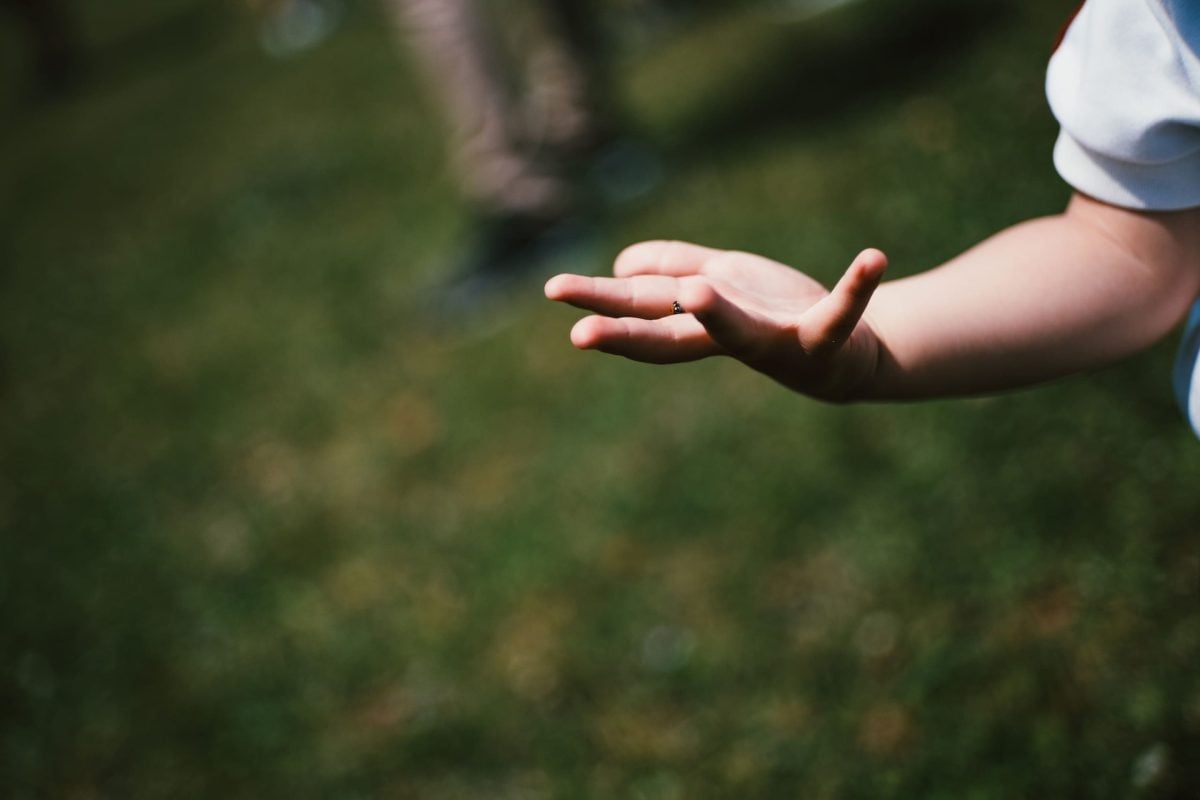



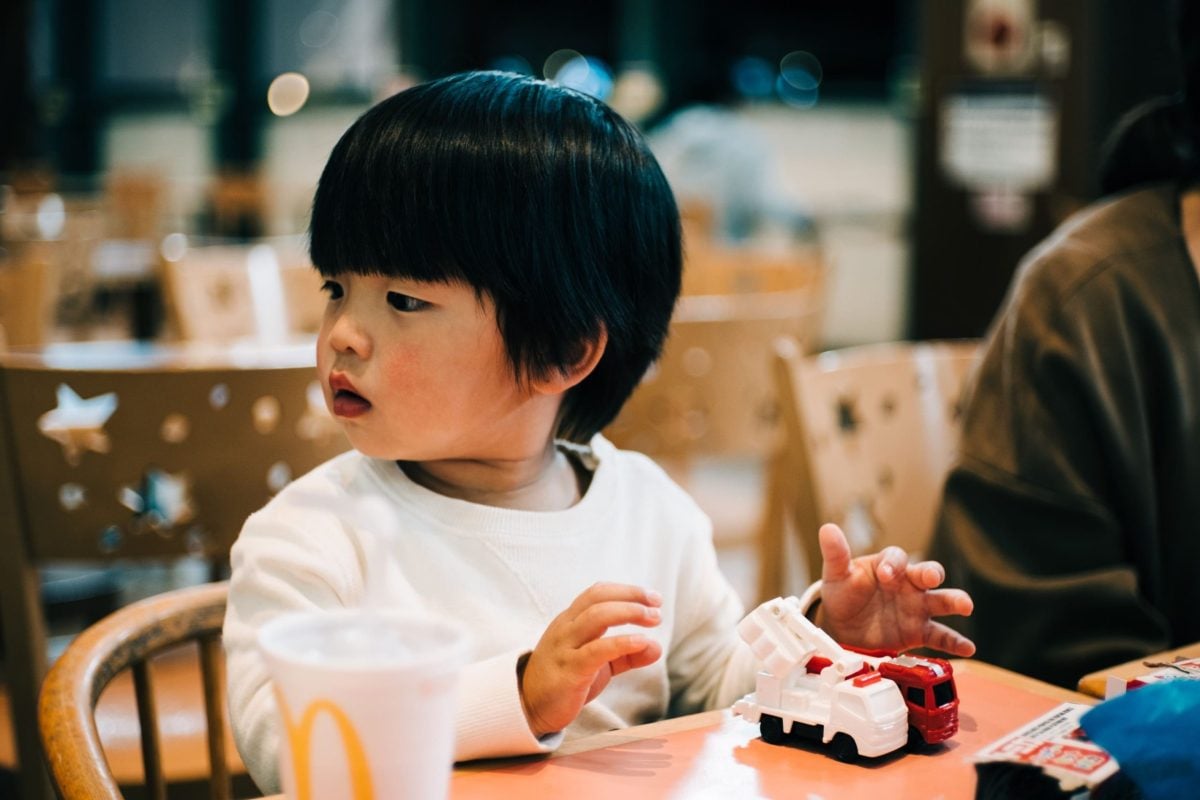

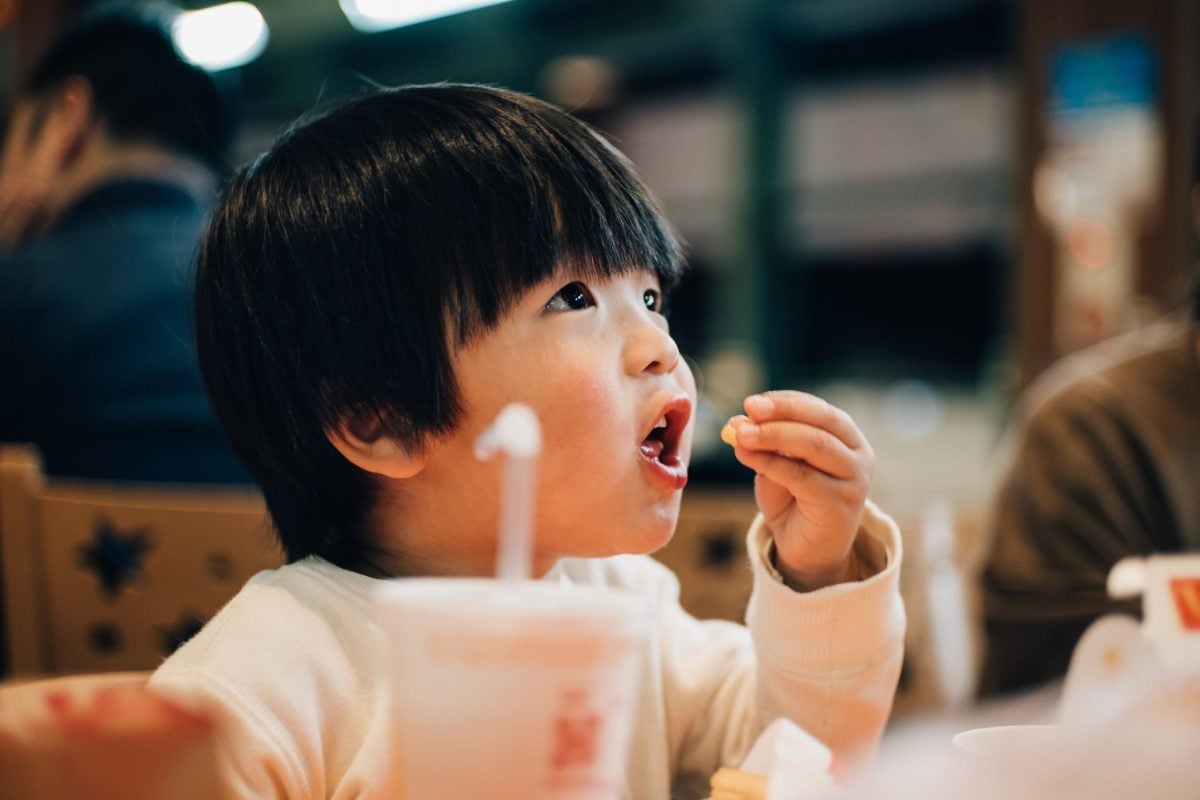
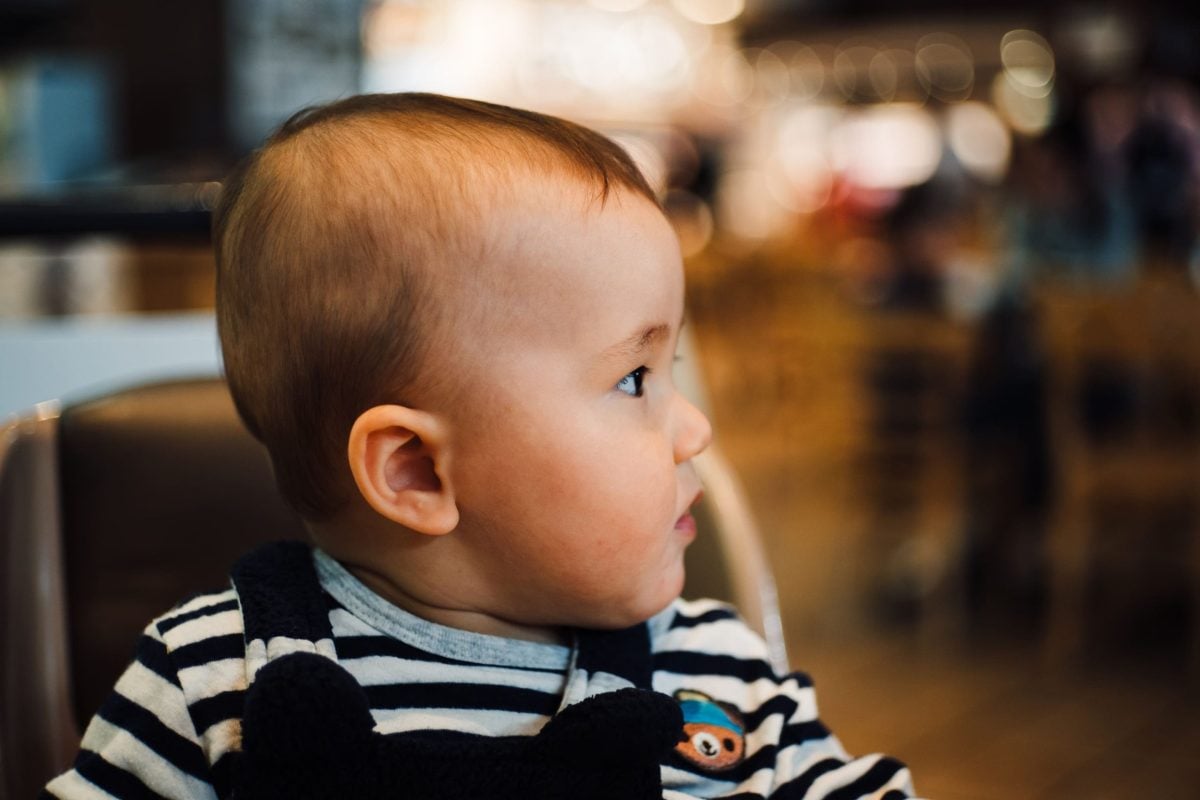
You’ll start to get some geometry by about f2.8, and highlights star out at f4.

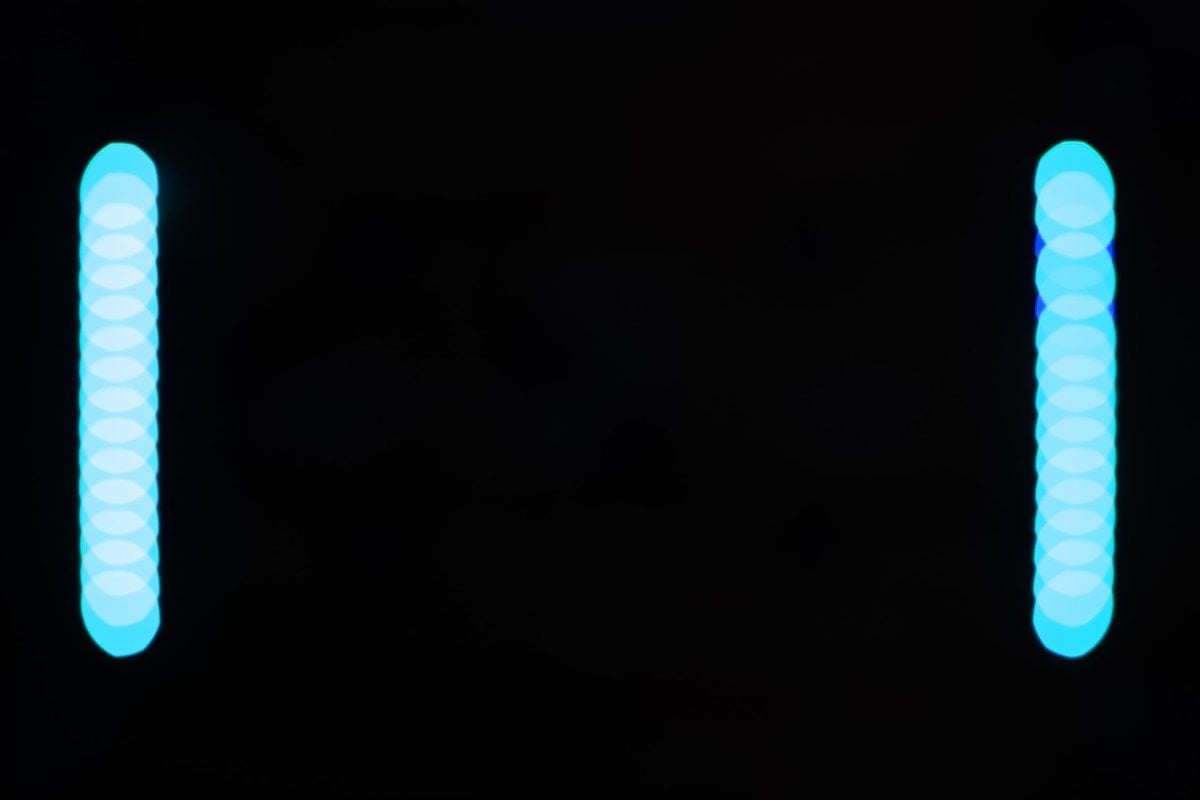



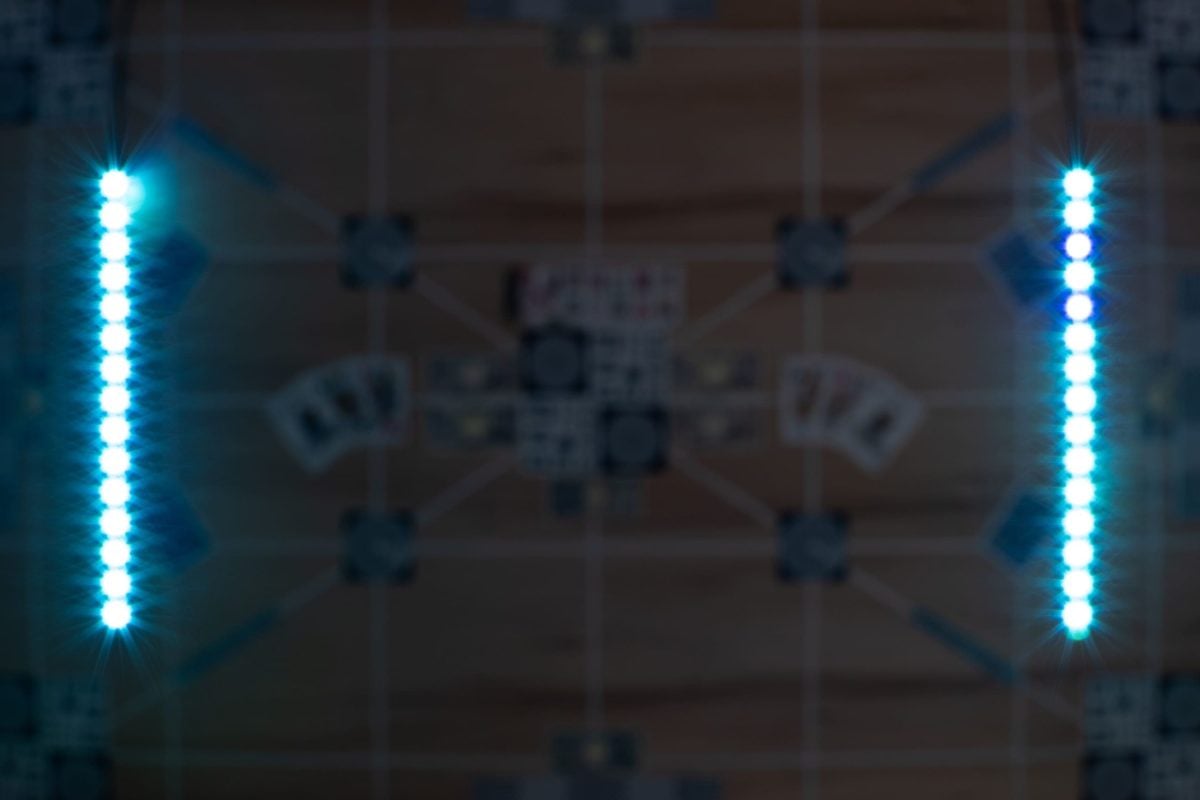
Some lemons in the corners and edges.
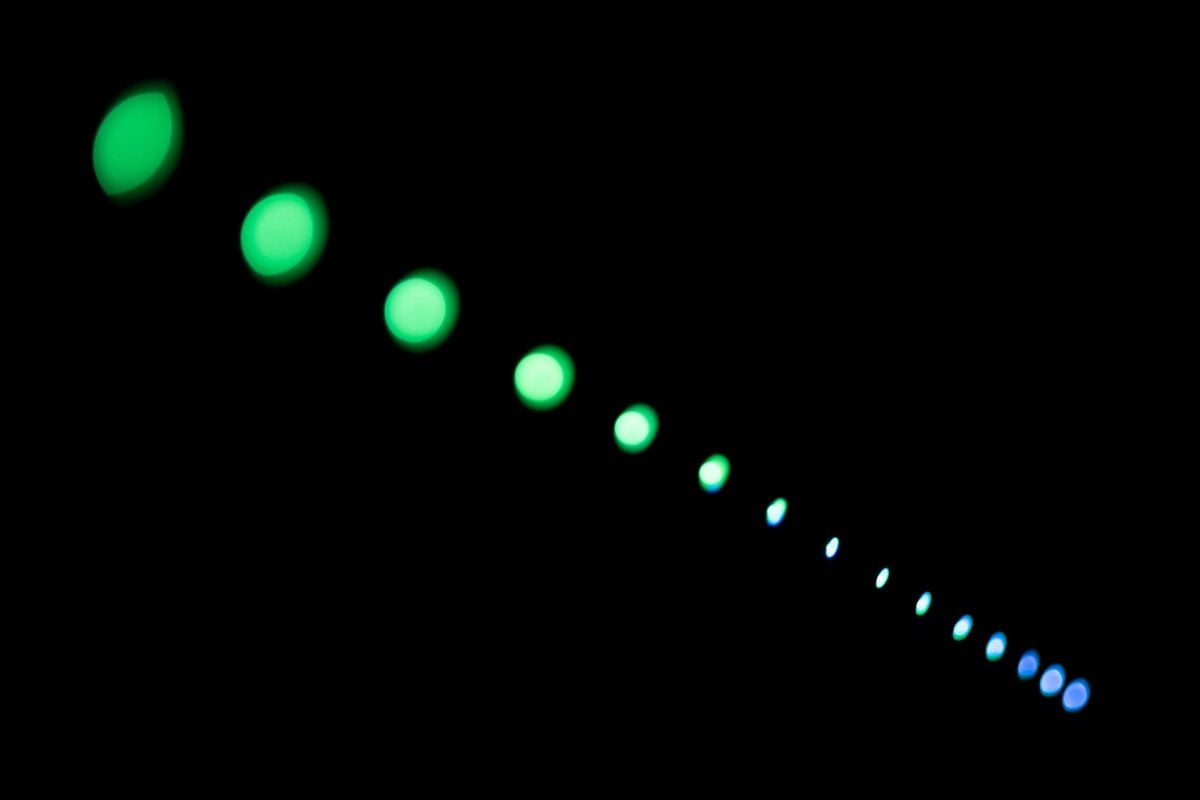
Here are some more samples of that sweet, sweet bokeh. Sharpness also seems a little better at these closer distances, but that could be an illusion because the subject is bigger in the frame.
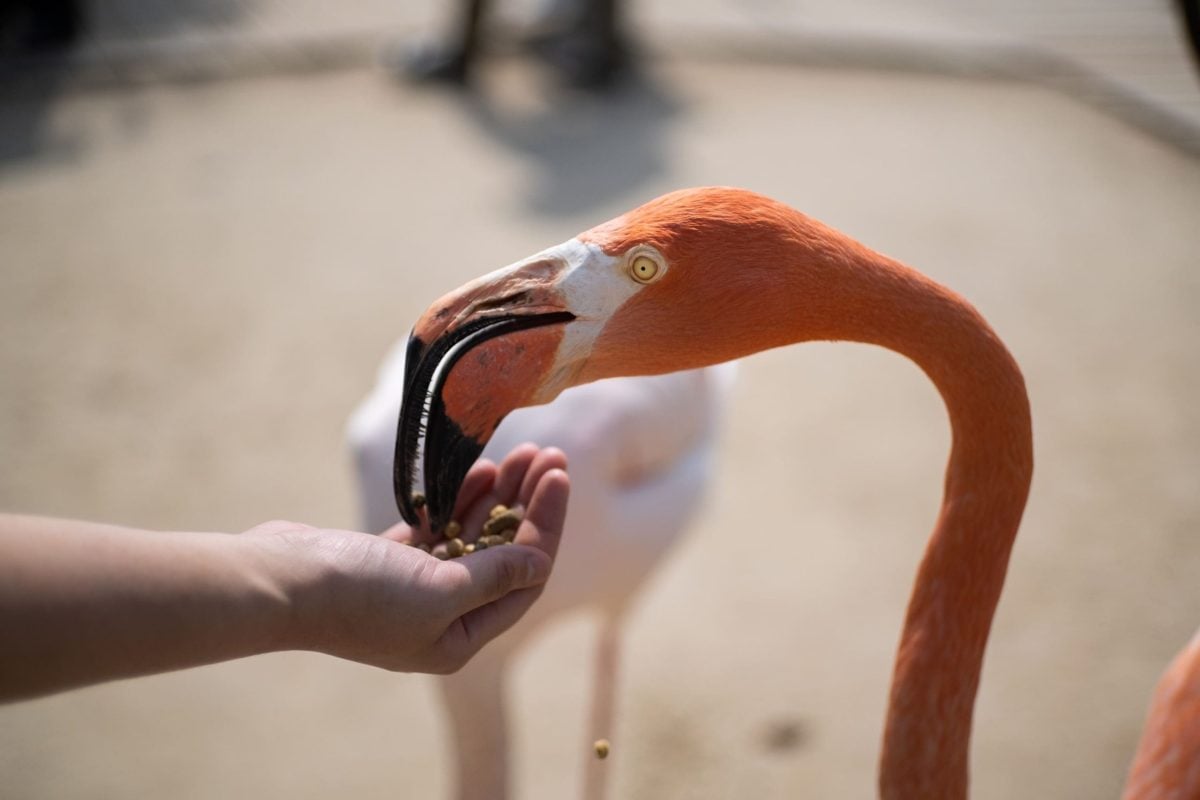
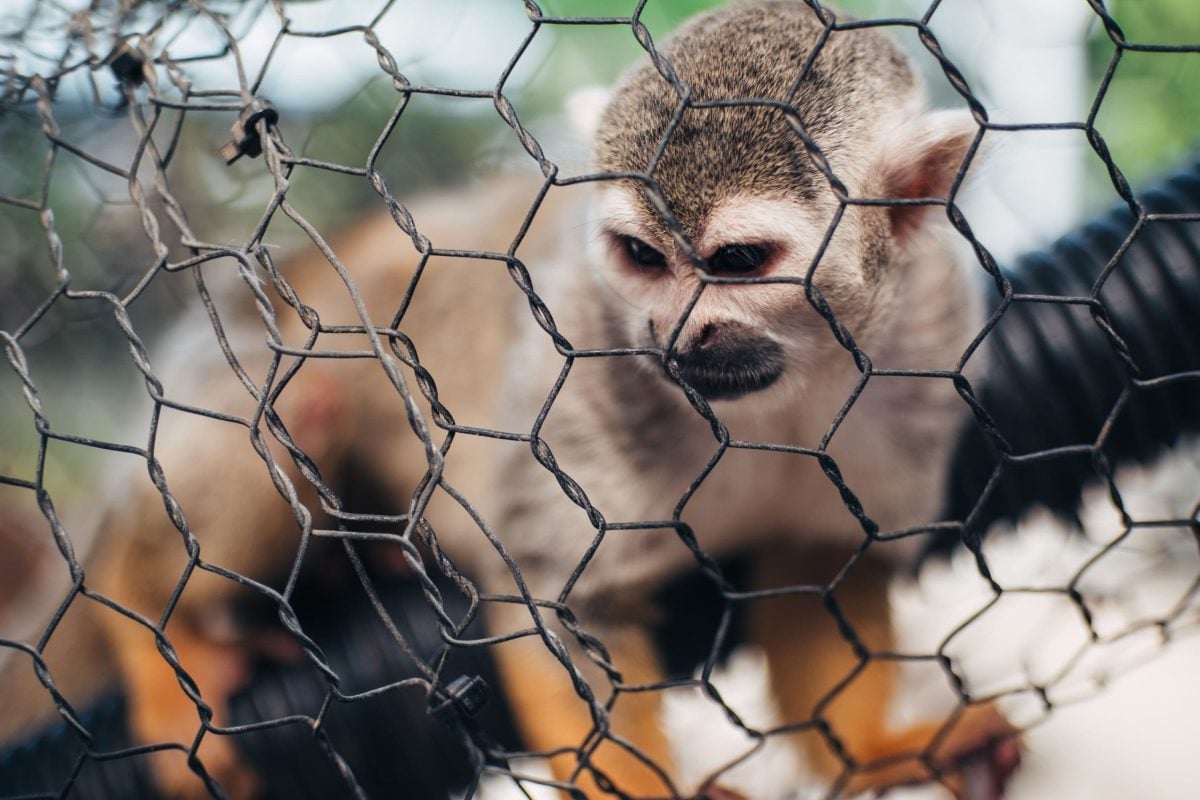
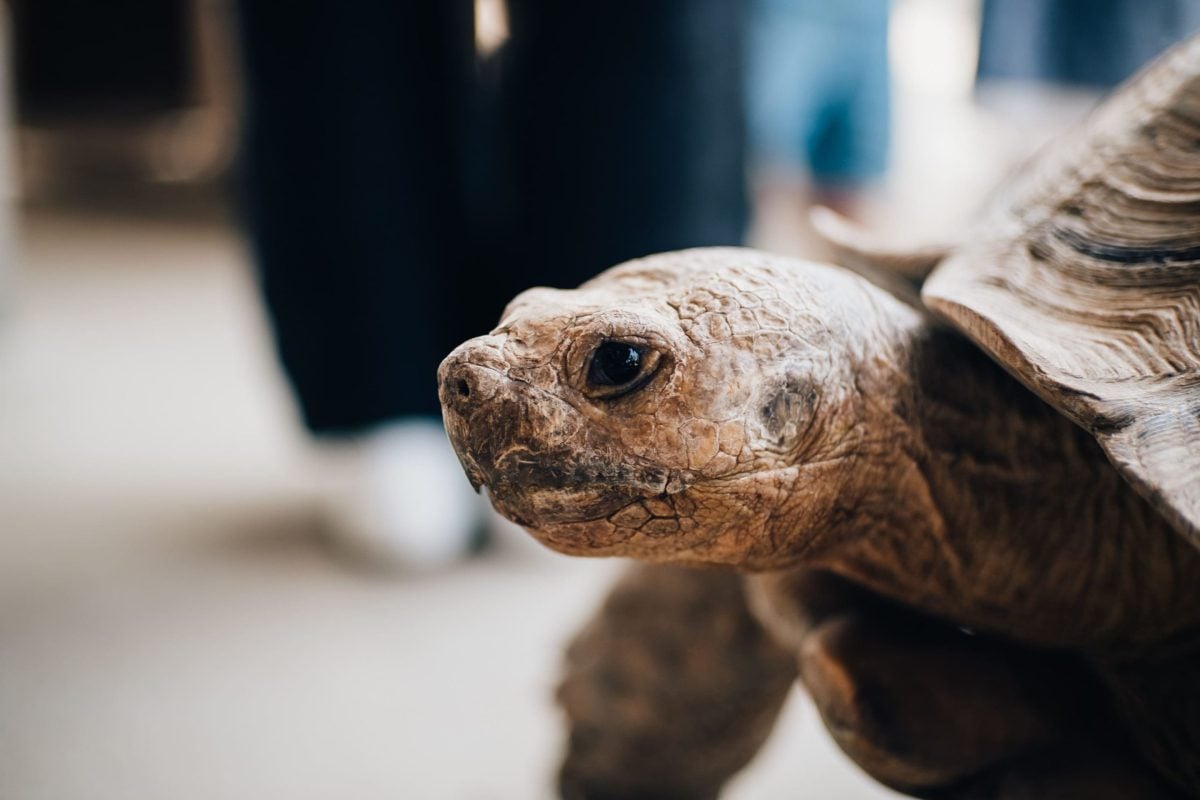
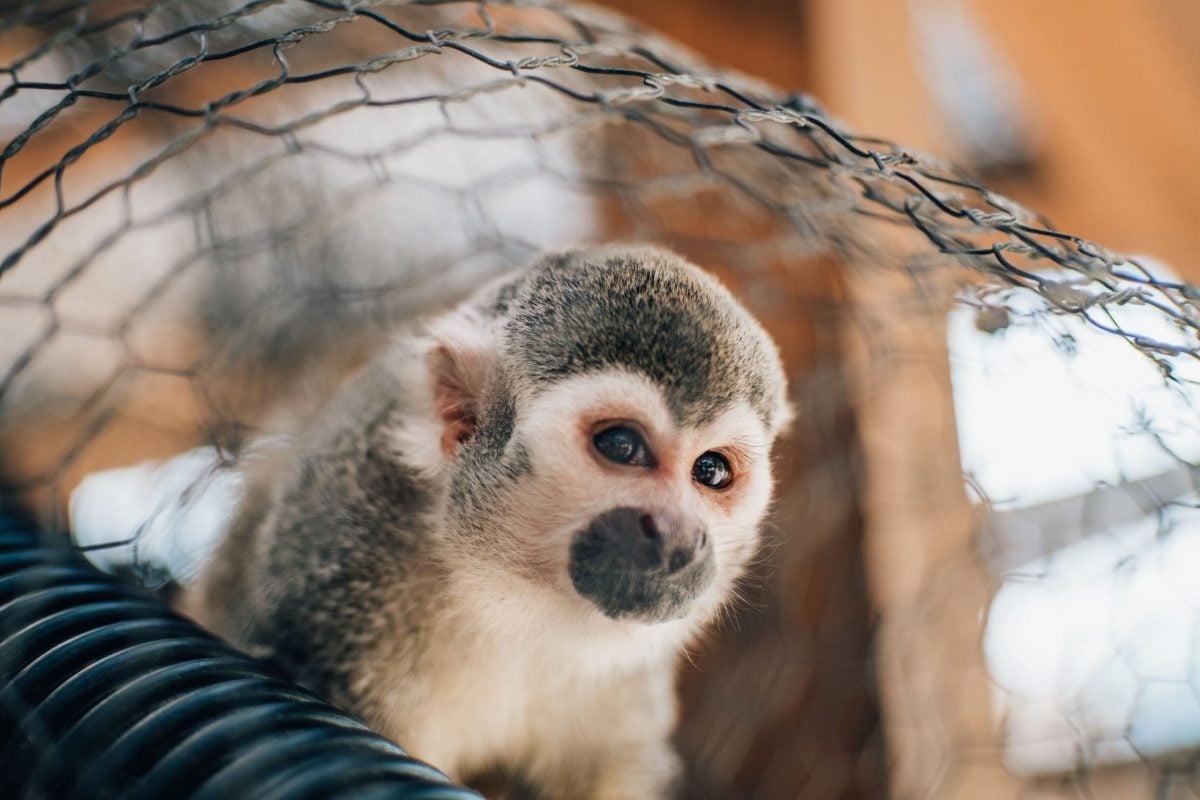
SOOC
These are all straight out of camera shot with the Fujifilm X-T3. Color is very consistent across the frame with no strong color cast or shifts.

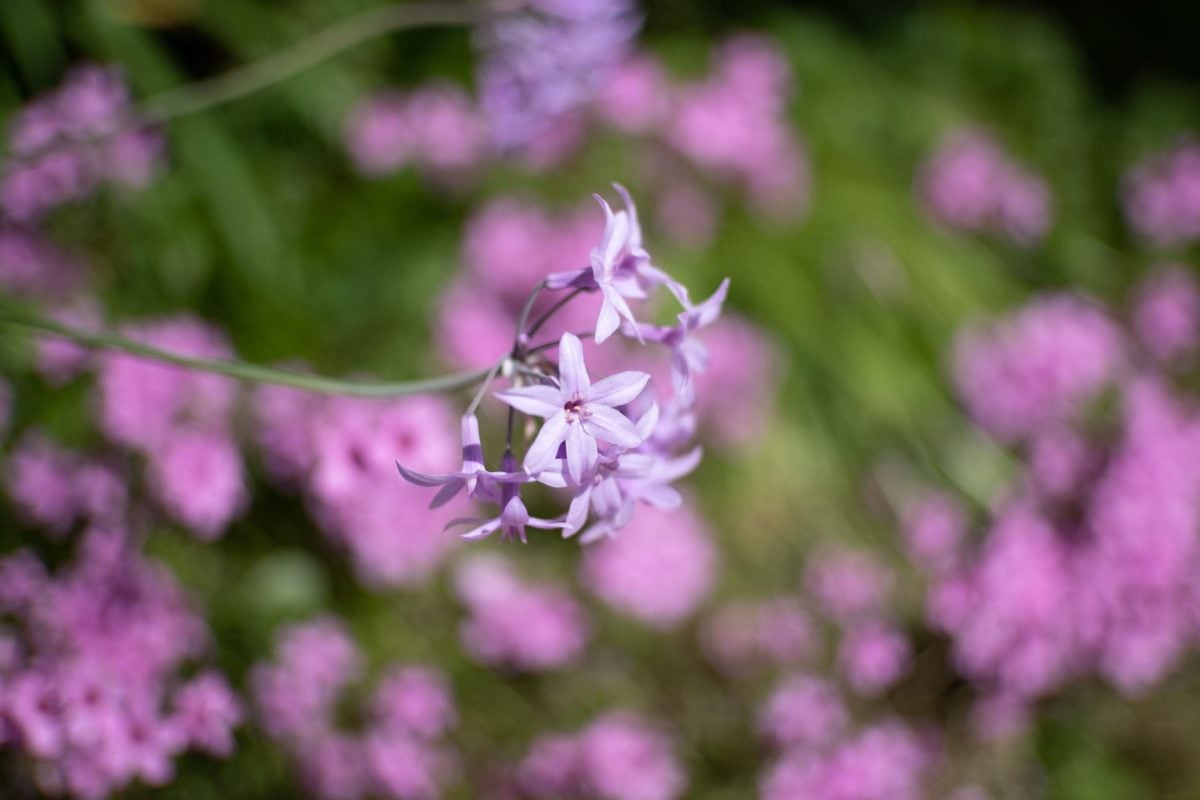
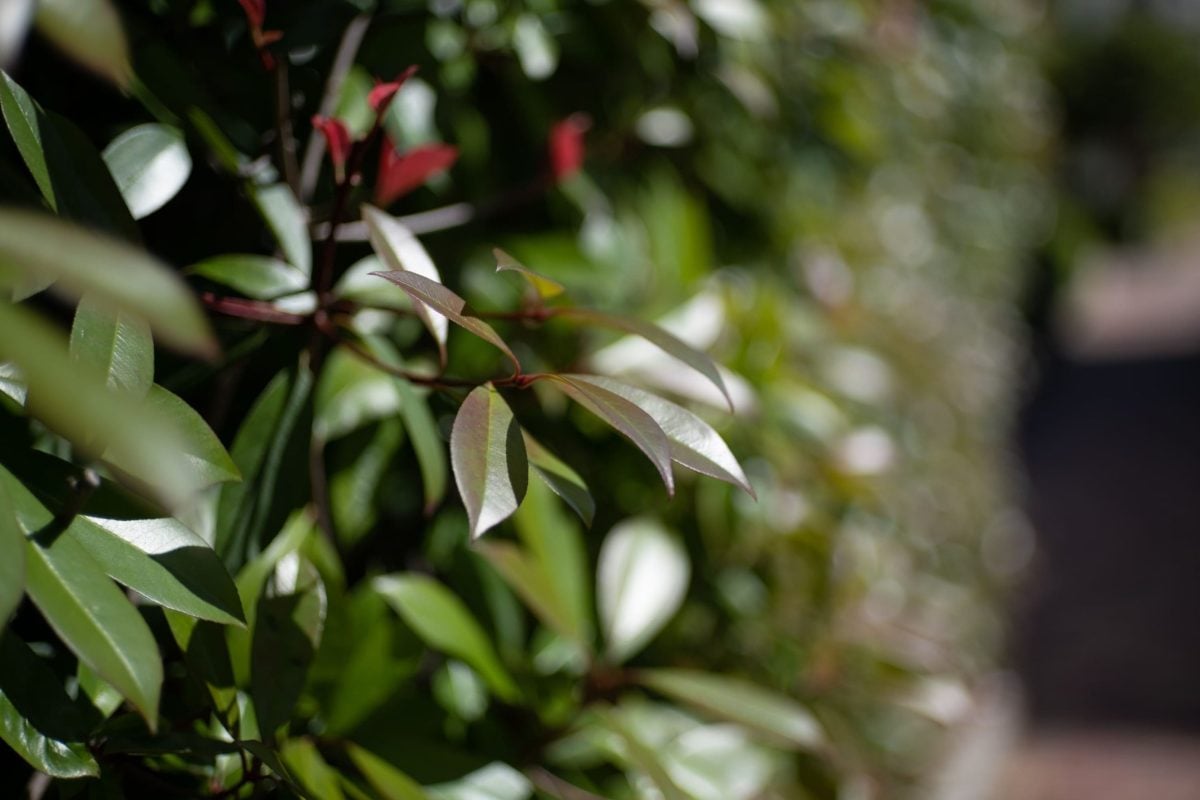


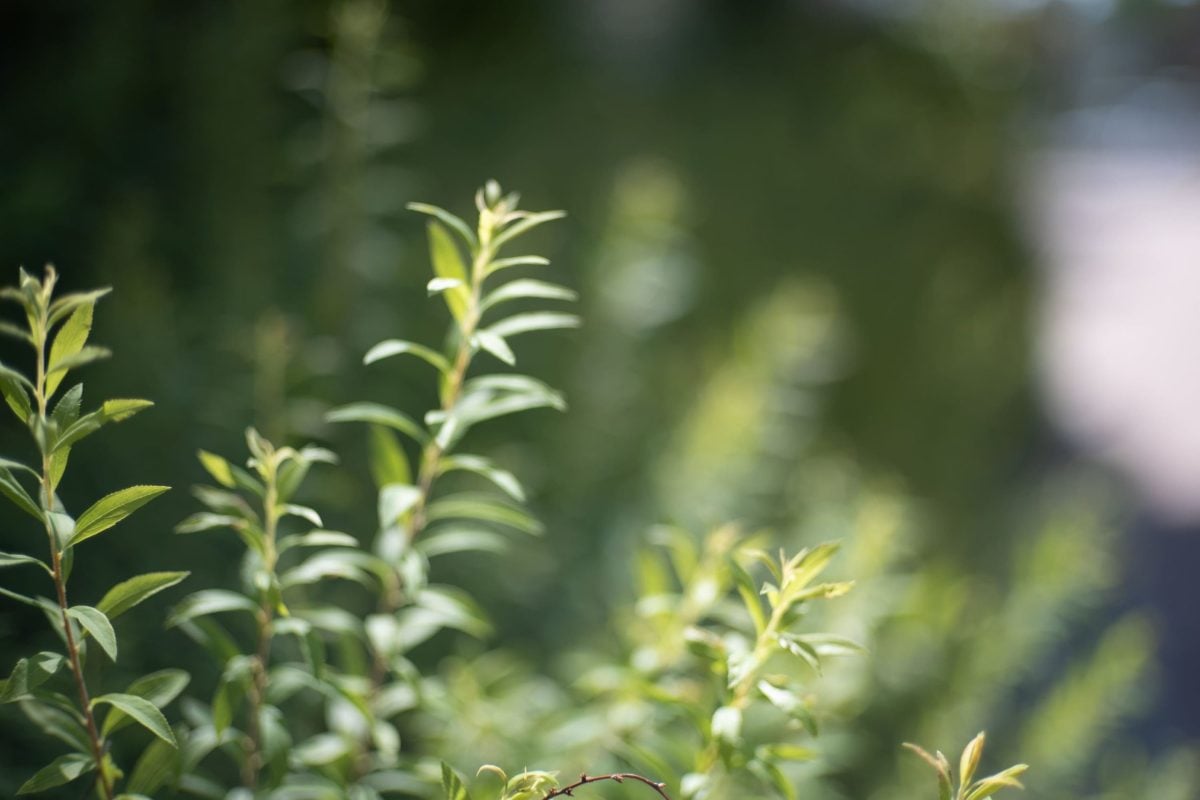
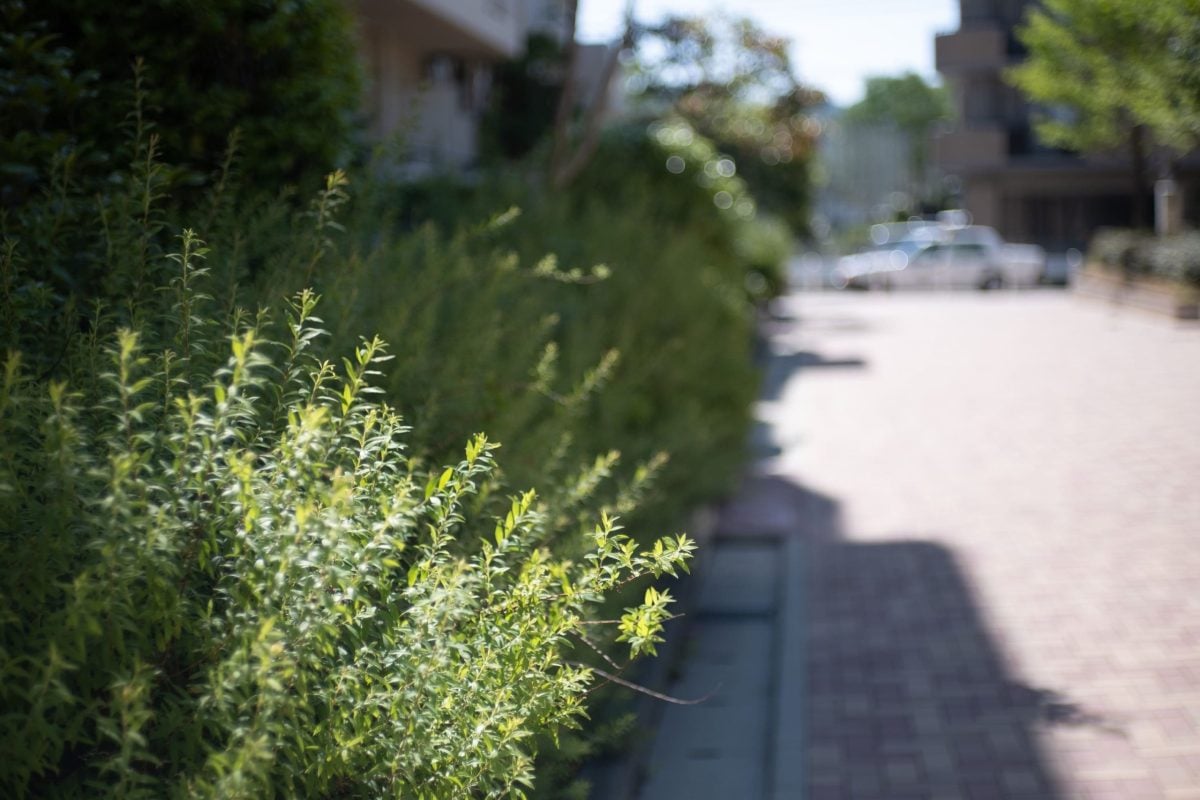



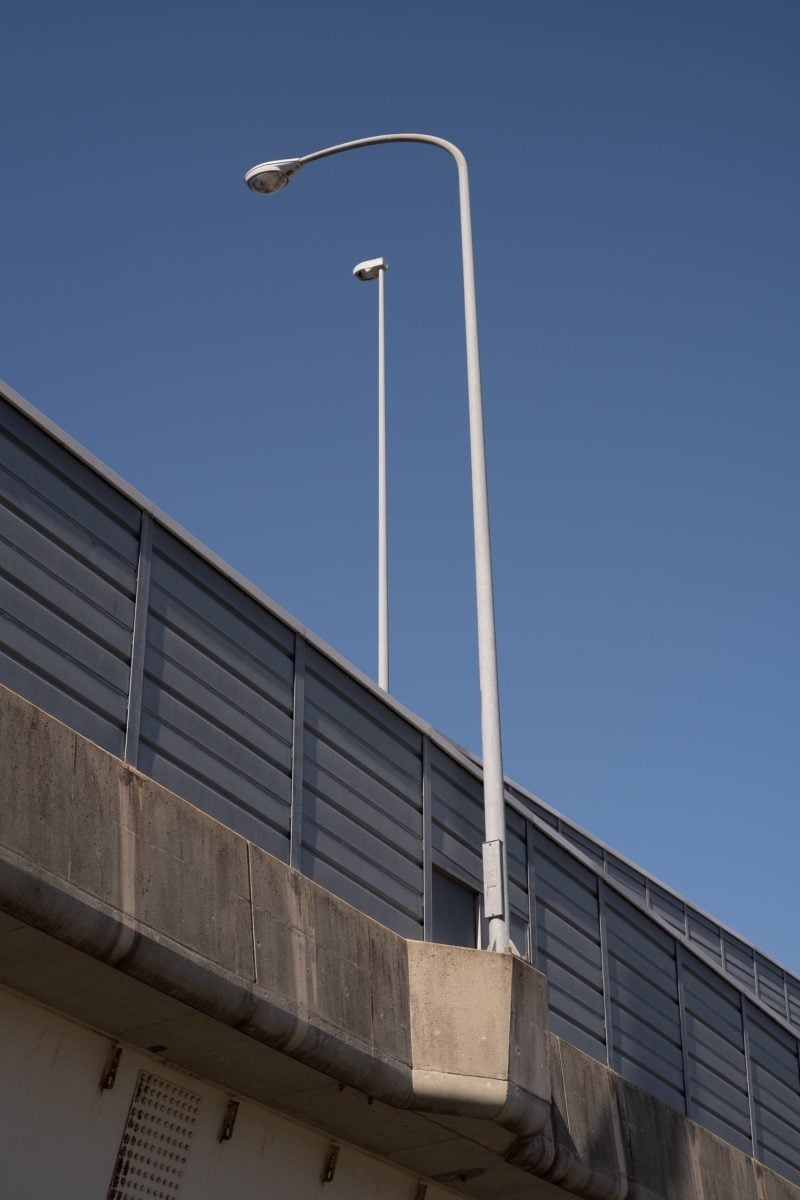
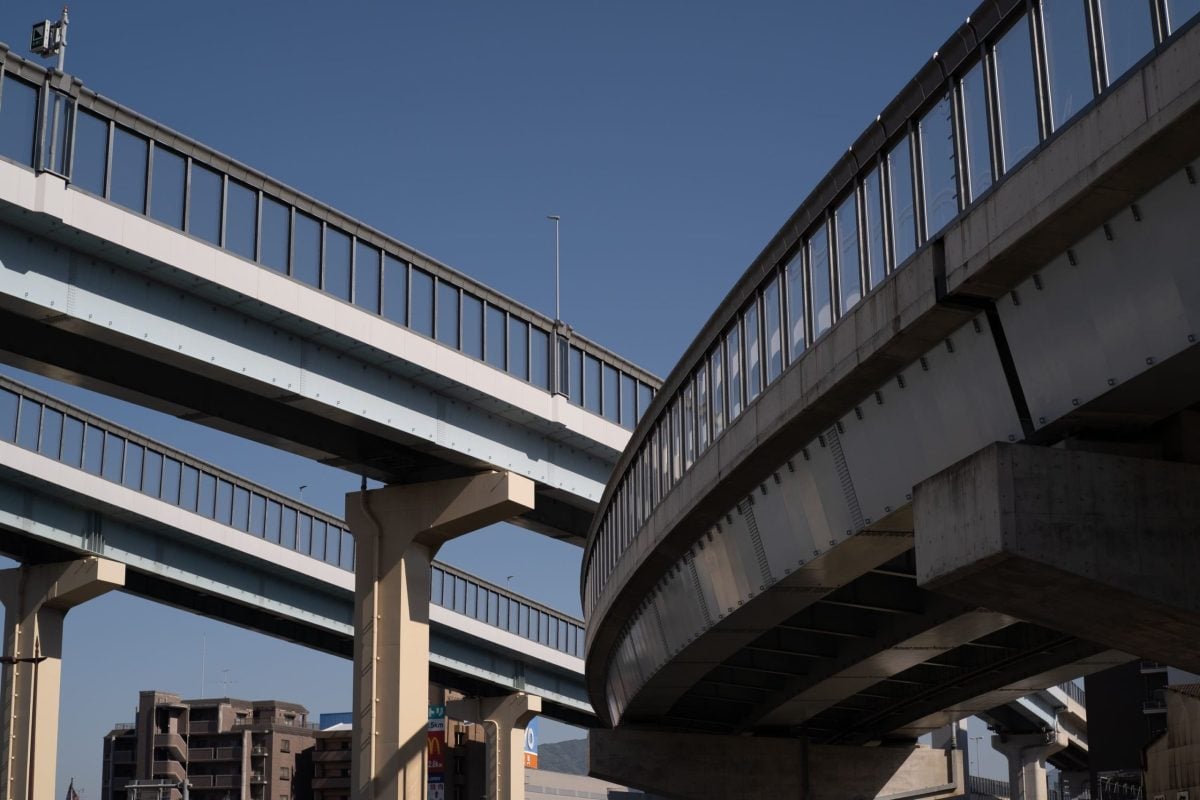
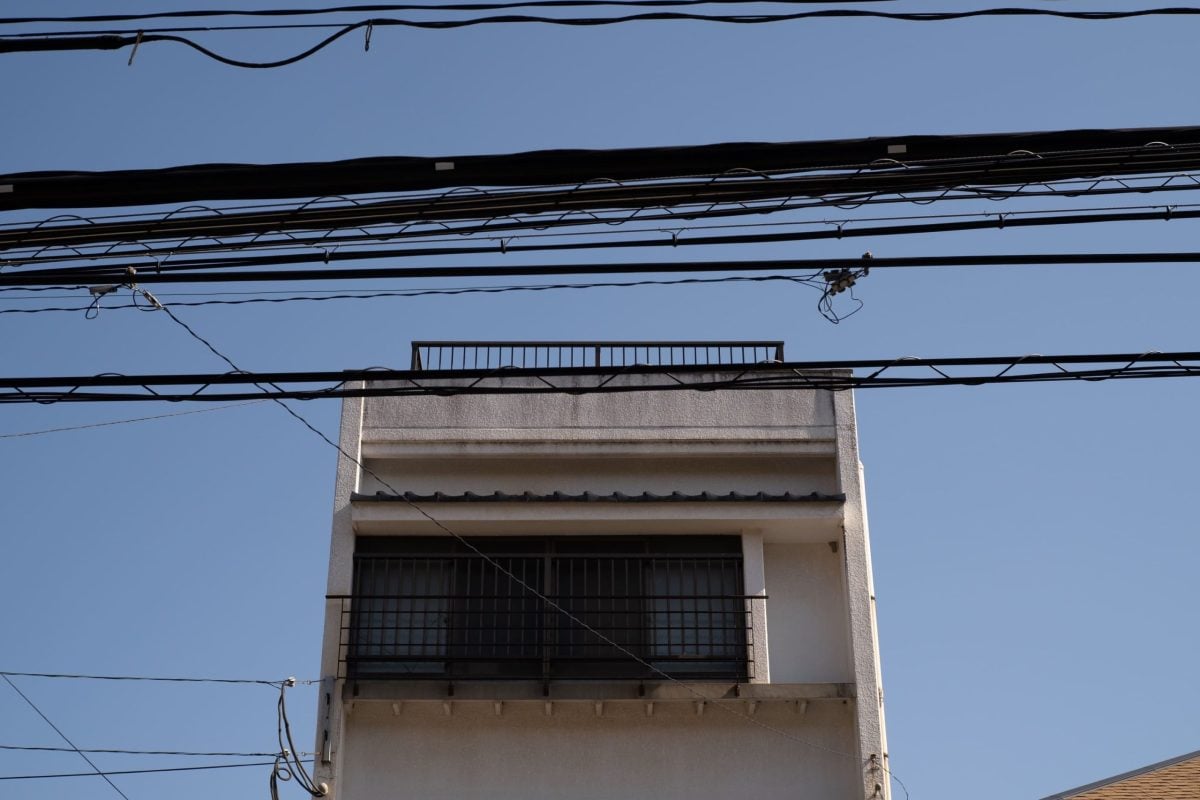


Micro Contrast / Contrast
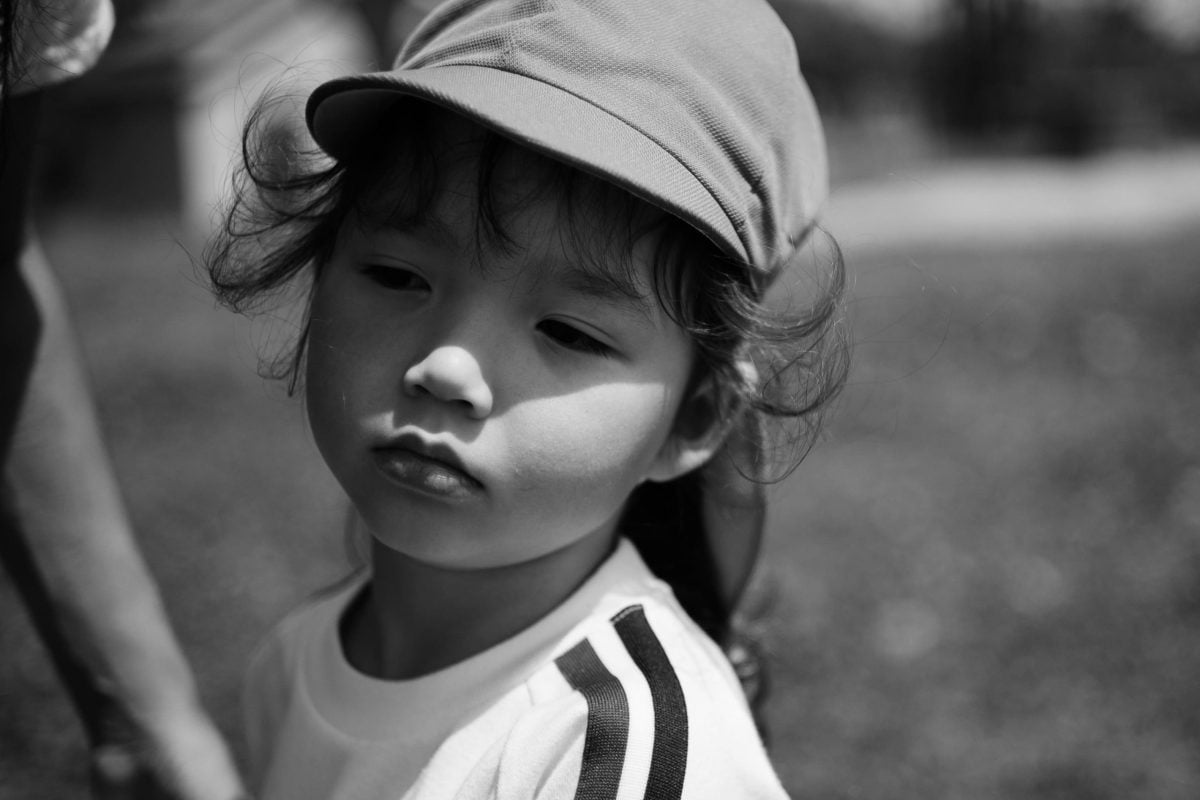
Micro contrast is very good. All these cheap primes have great micro-contrast. Meike has really nailed it with their APS-C 35mm lenses here. I don’t think they’ve quite figured out how to get their full-frame 50mm f1.7 to perform like their APS-C lenses yet, but they’re doing a great job for the most part.
Compared to the Fujinon lenses, this lens is right on par with the Fujinon 35mm f1.4 in terms of micro-contrast and render depth. Or close enough, anyway. Contrast is also very good, which you can see in the above SOOC (straight out of camera) images.

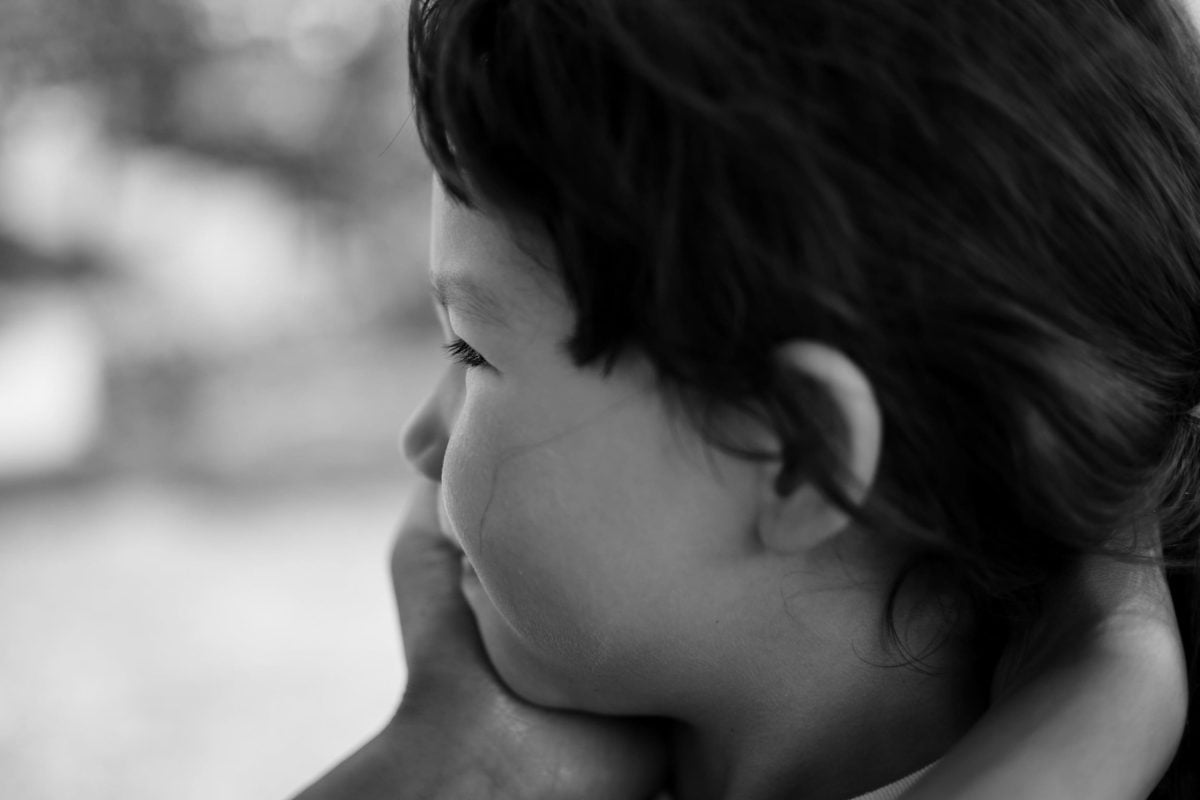


Meike 35mm f1.4 Review | Bottom Line
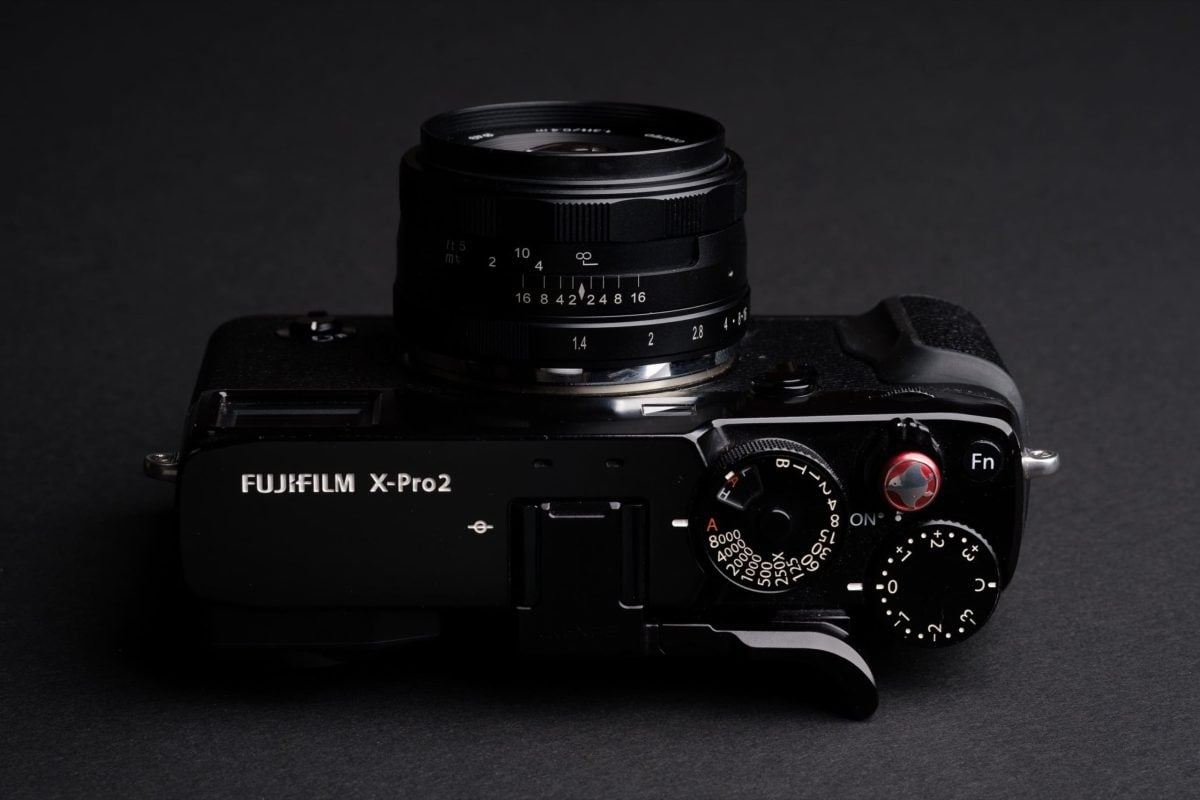
The Meike 35mm f1.4 produces an amazing look with amazing render depth, a lot like the Fujinon 35mm f1.4, but this lens has a lot of technical issues and build issues that will hold it back from being a great versatile lens. It’s a one-trick pony, whereas the Fujinon 35mm f1.4 can do anything.
But man, does this lens have a cool rendering and depth to it. I love the photos I got of my daughter, it’s rare to see a lens do this with this level of detail and micro-contrast, so there is something to be said about that.
Compared to the Meike 35mm f1.7 and the 7Artisans 35mm f1.2. This lens is a really nice mix of both. Great rendering and depth with a little bit of tamer character compared to the 7Artsians lens, and decent edge sharpness stopped down, just not as refined of an image as the Meike 35mm f1.7 across the aperture range.
Meike 35mm f1.4 versus 7Artisans 35mm f1.2
I would personally recommend the Meike 35mm f1.4 over the 7Artisans 35mm f1.2 for a few reasons.
One, the 7Artisans image is just a little bit too wild. I think the 7Artisans f1.2 lens is a ton of fun, but only in limited situations.
Two, a lot of people have been telling me they’re getting bad copies of the 7Artisans 35mm f1.2 lens. Some lenses are so soft at f1.2 that focus peaking won’t even show up.
If portrait photography isn’t your primary focus, I would pick the Meike 35mm f1.7 since that lens performs better in most situations. You get a little less depth but better technical performance with great character. While the f1.4 sounds better at low light on paper, the images are going to feel a lot softer when shooting faraway subjects, and I pretty much found myself shooting f2 anyway.
Similar Lenses
Meike 35mm f1.4 Sample Images
Meike 35mmm f1.4 Fujifilm X – Amazon
Meike 35mm f1.4 Sony E – Amazon
Meike 35mm f1.4 Micro Four Thirds – Amazon
All were shot with the Fujifilm X-T3.

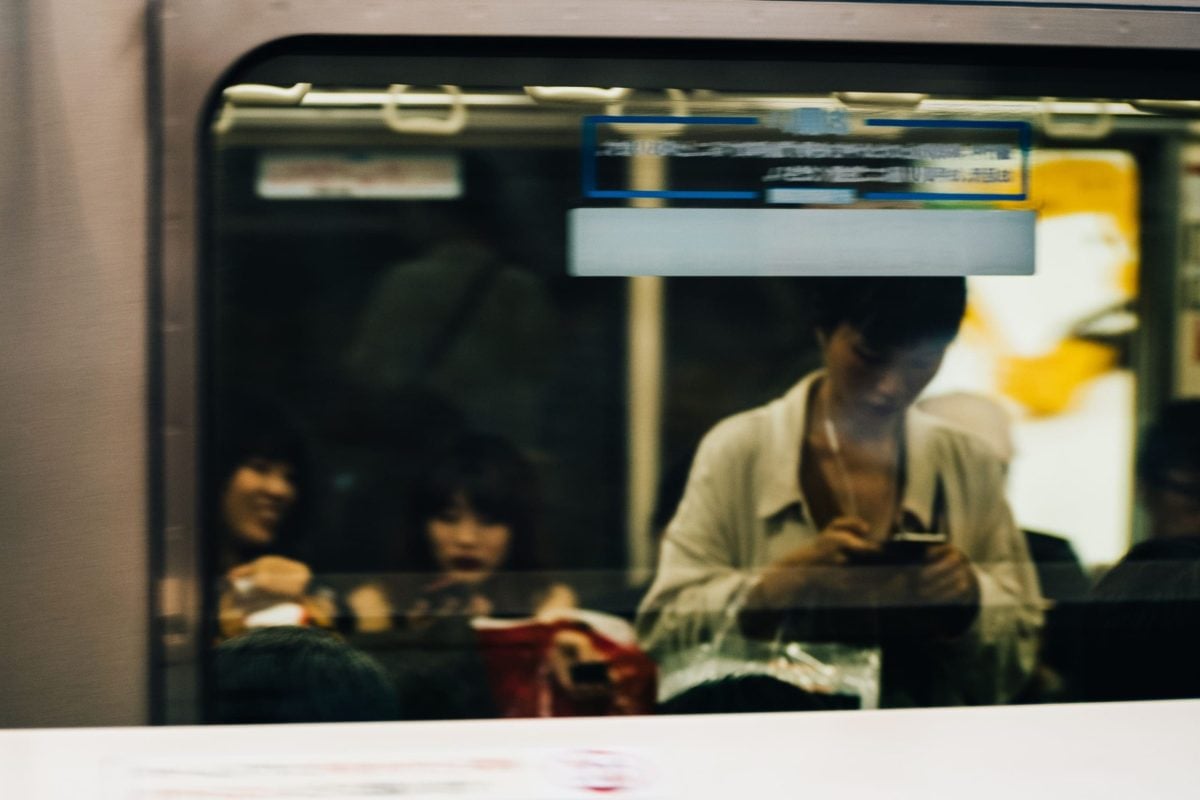
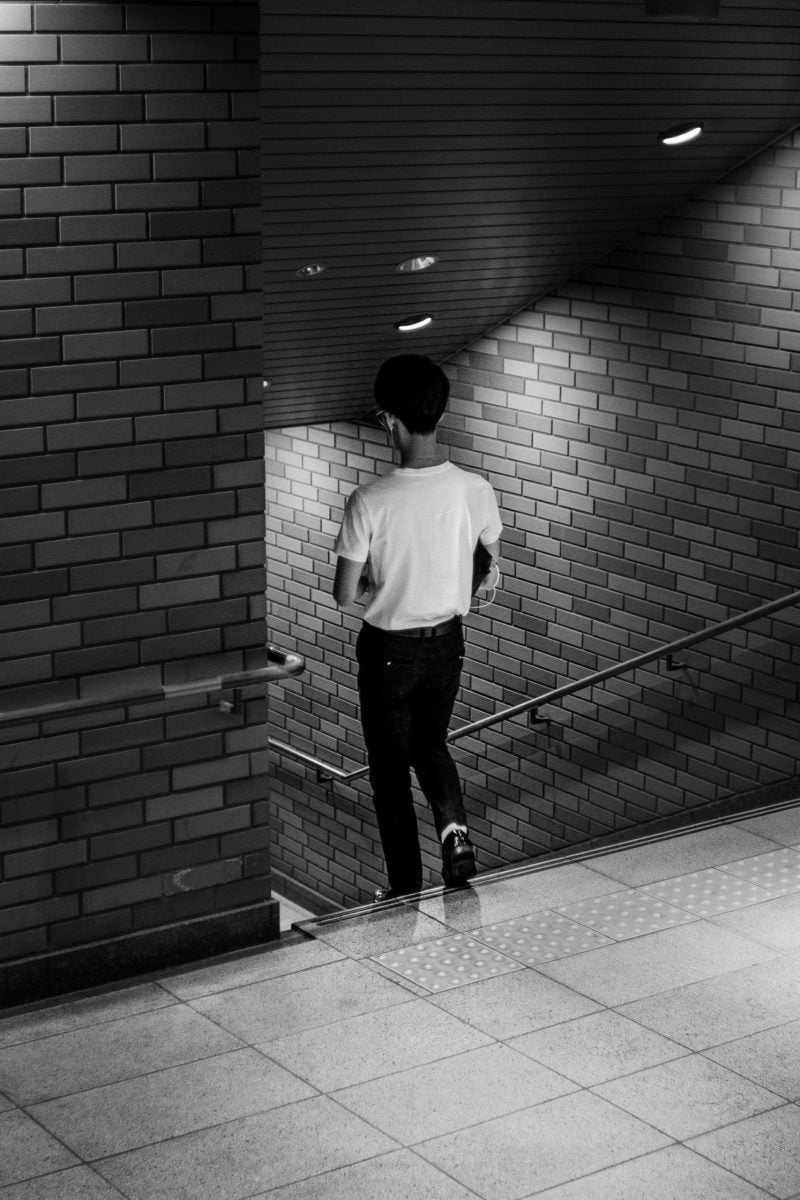
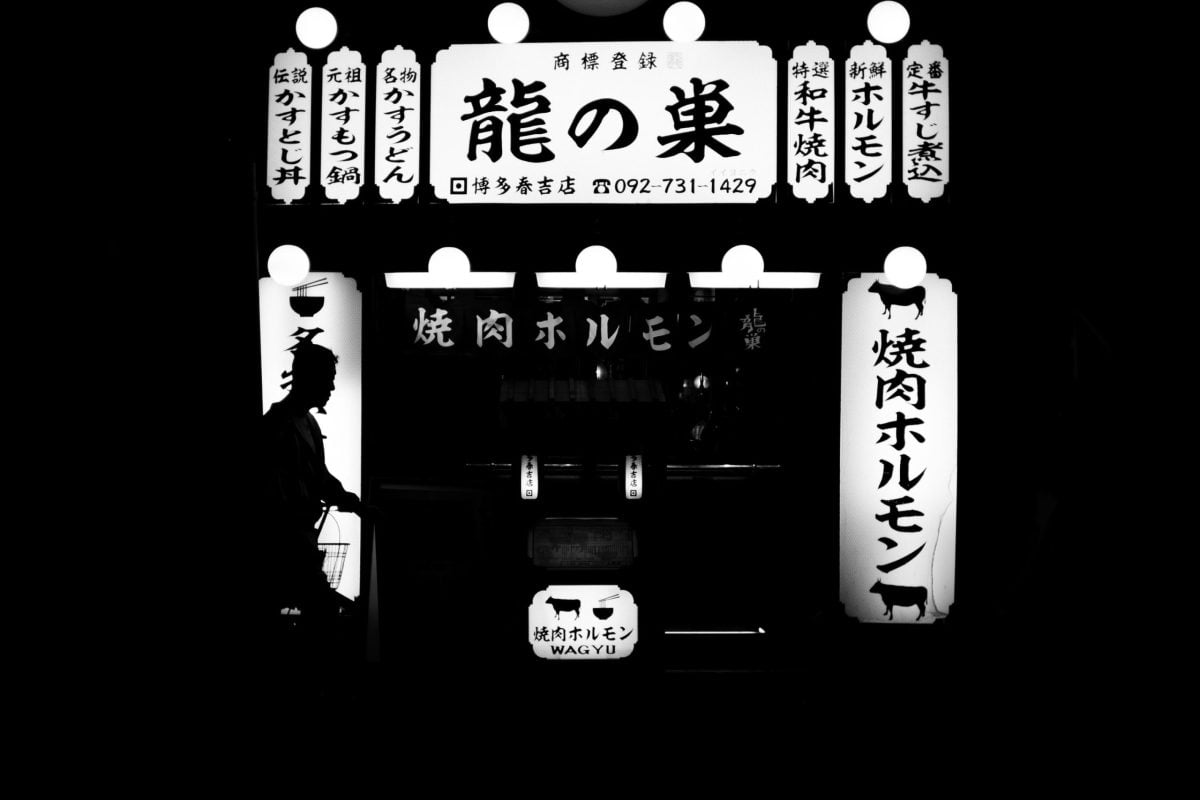
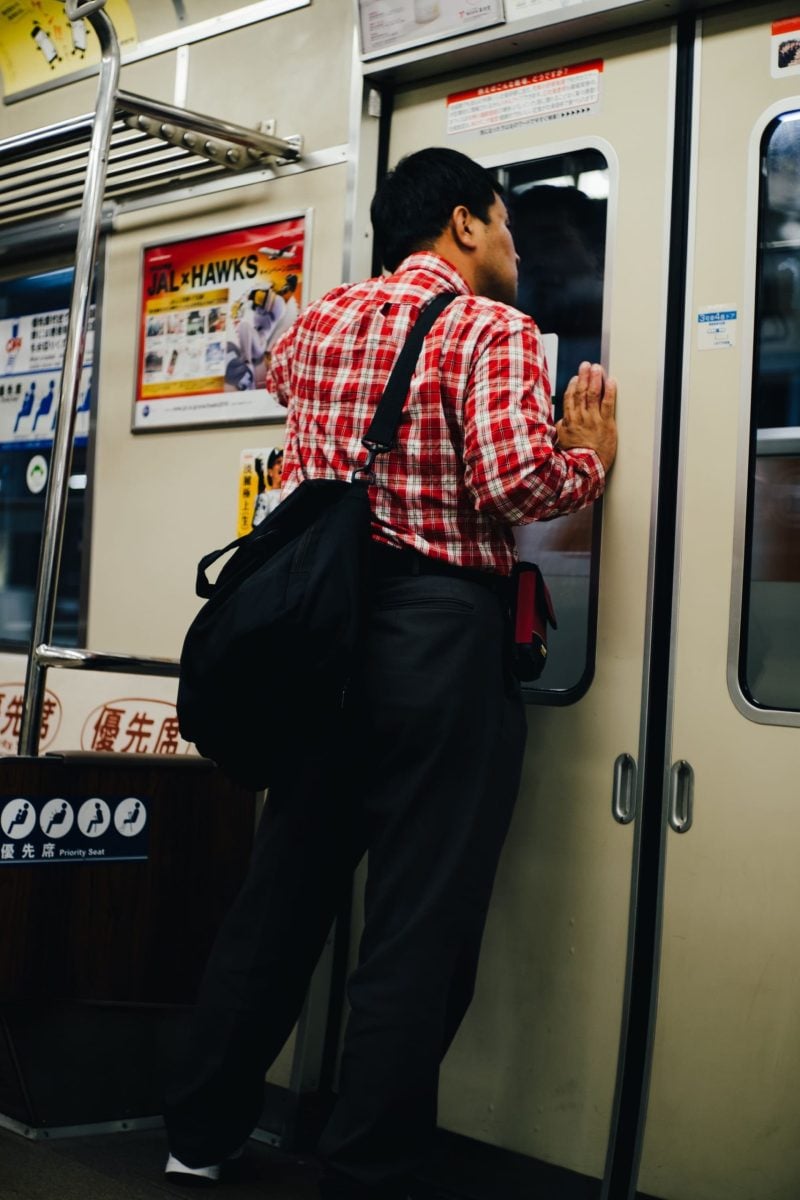
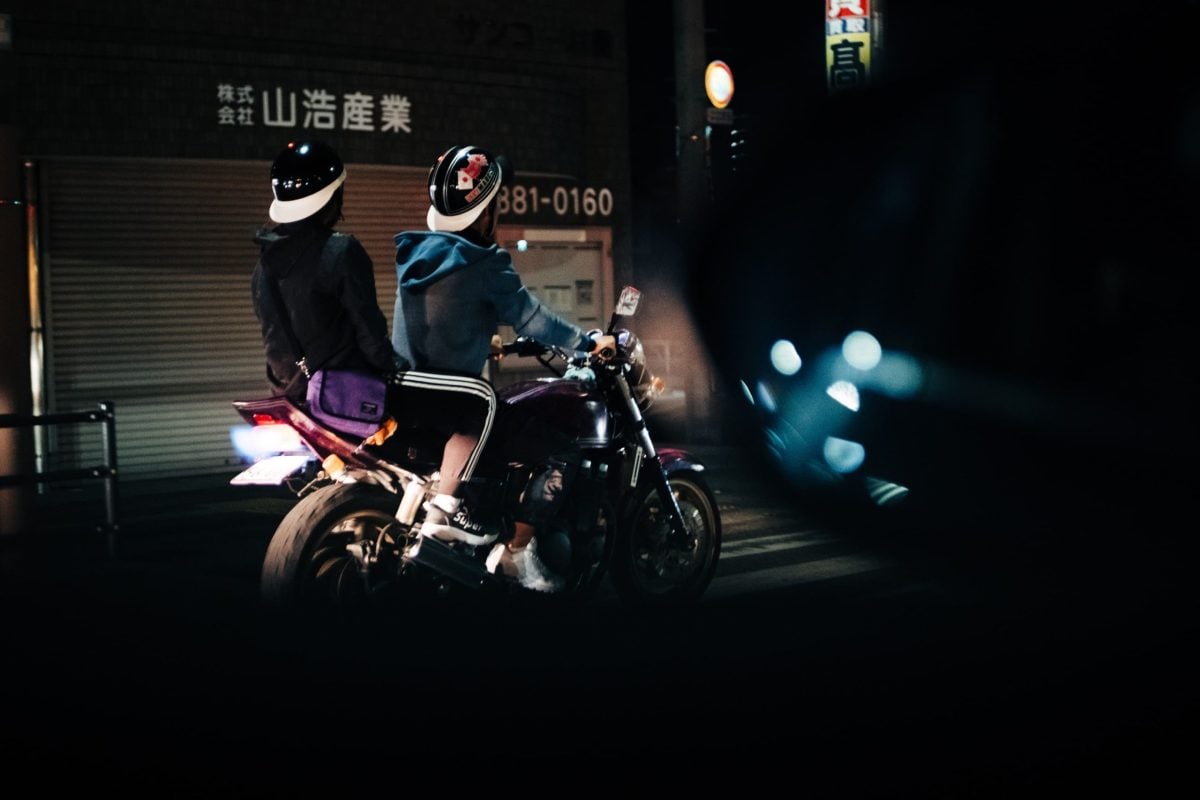


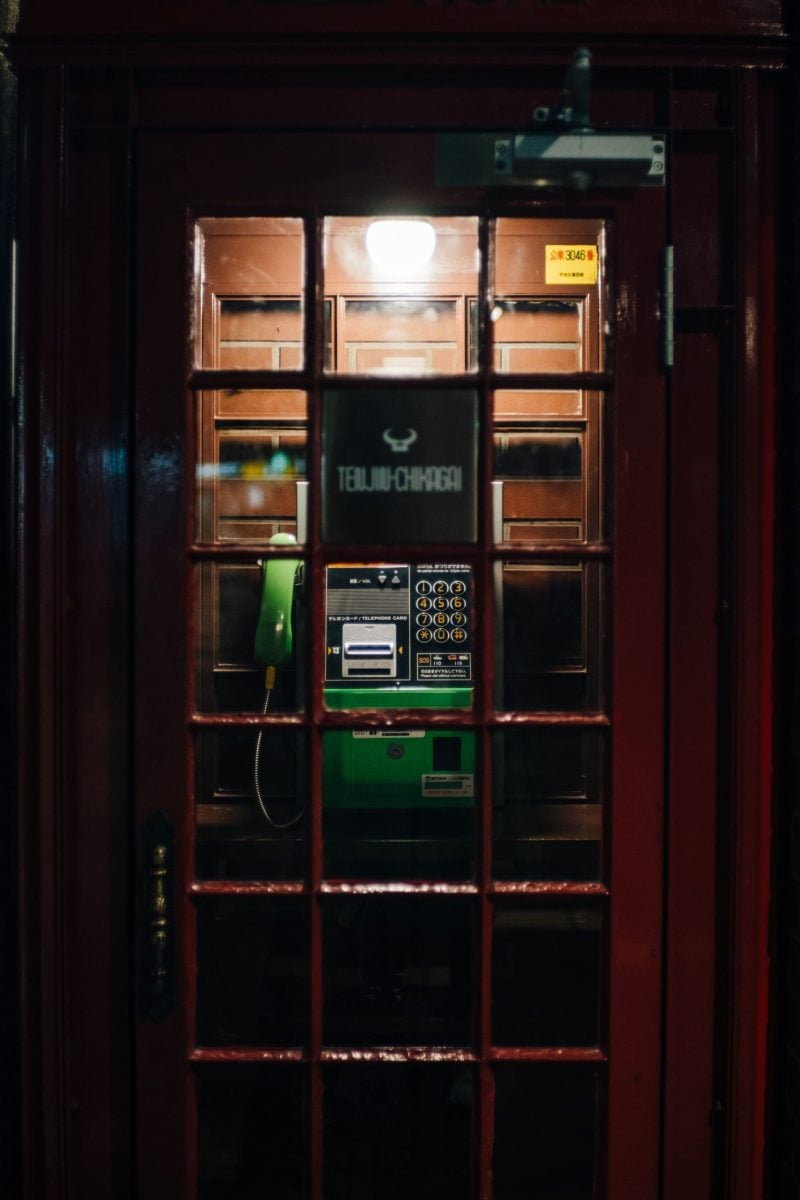


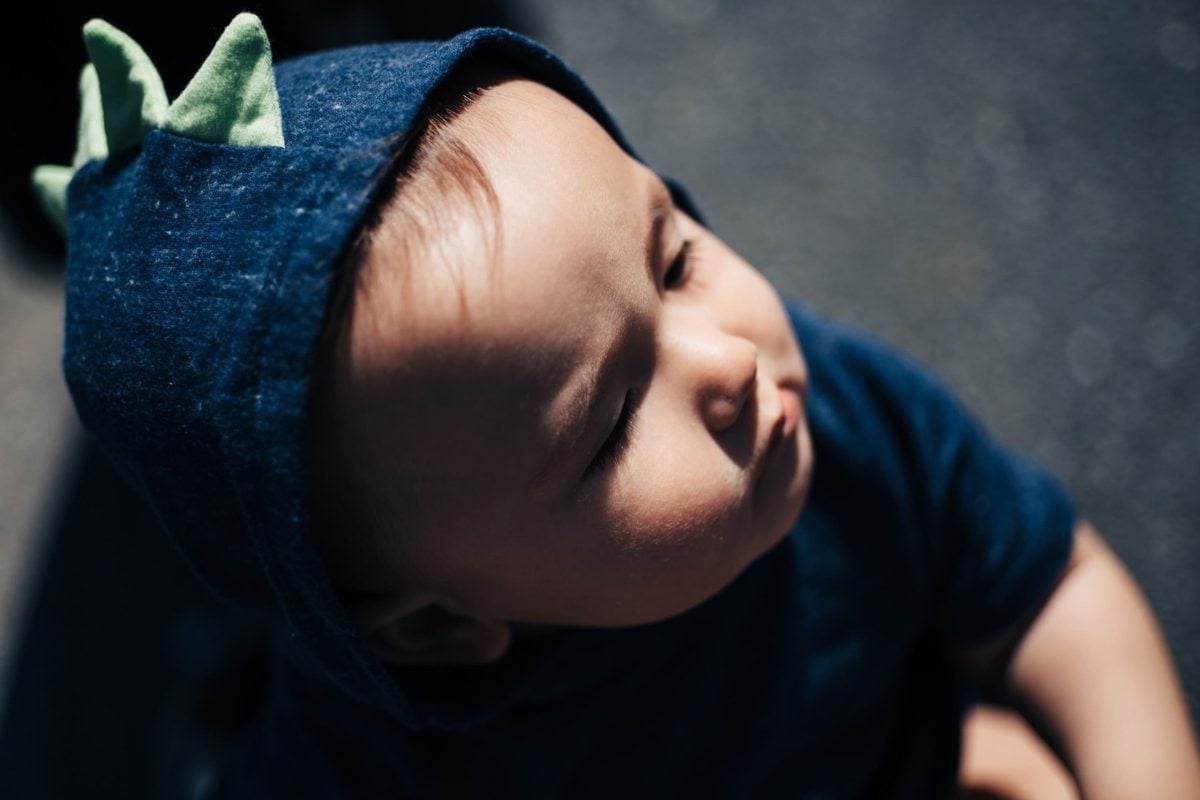
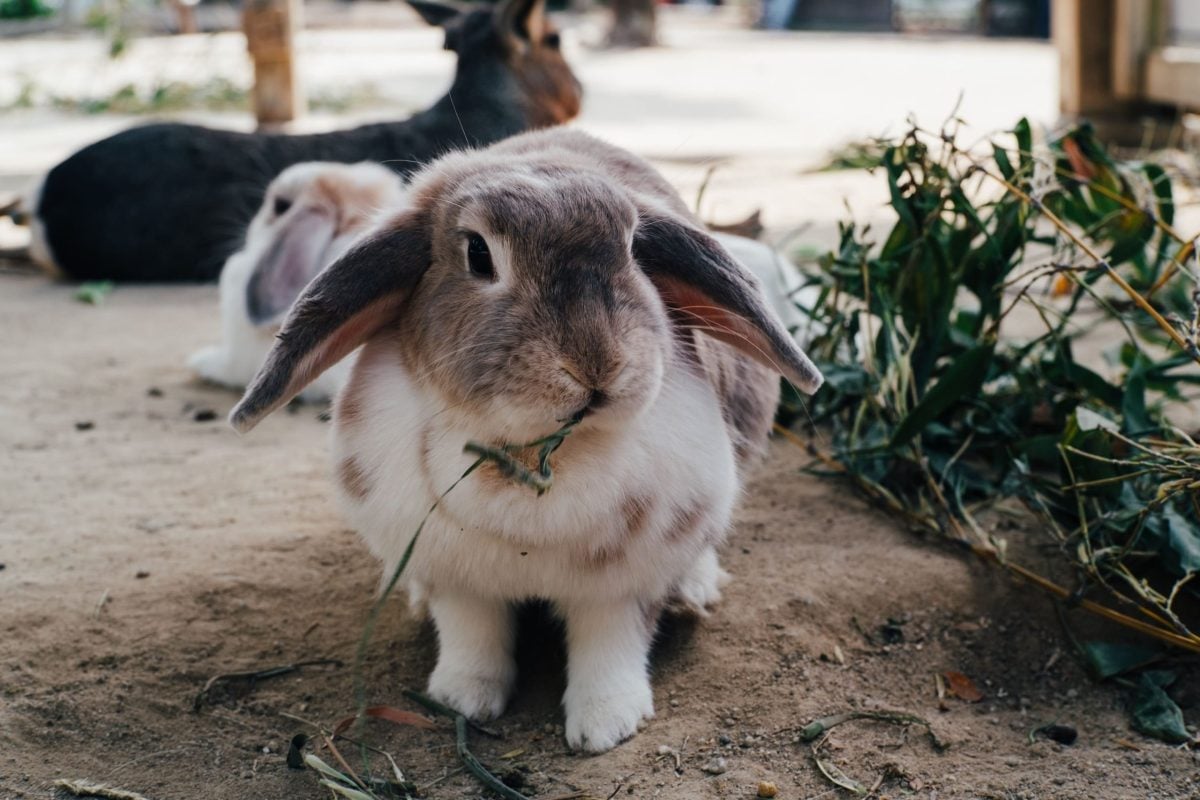
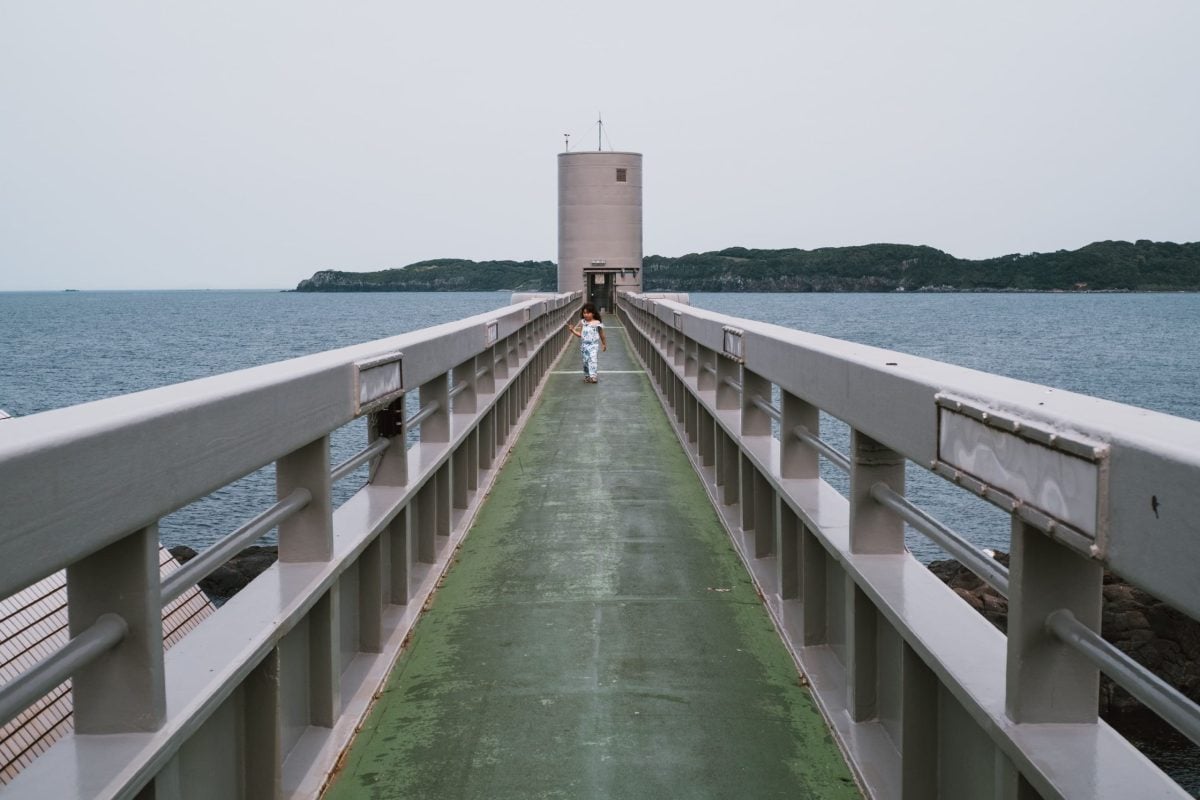
| **This website contains affiliate links. We will earn a small commission on purchases made through these links. Some of the links used in these articles will direct you to Amazon. As an Amazon Associate, I earn from qualifying purchases. |

